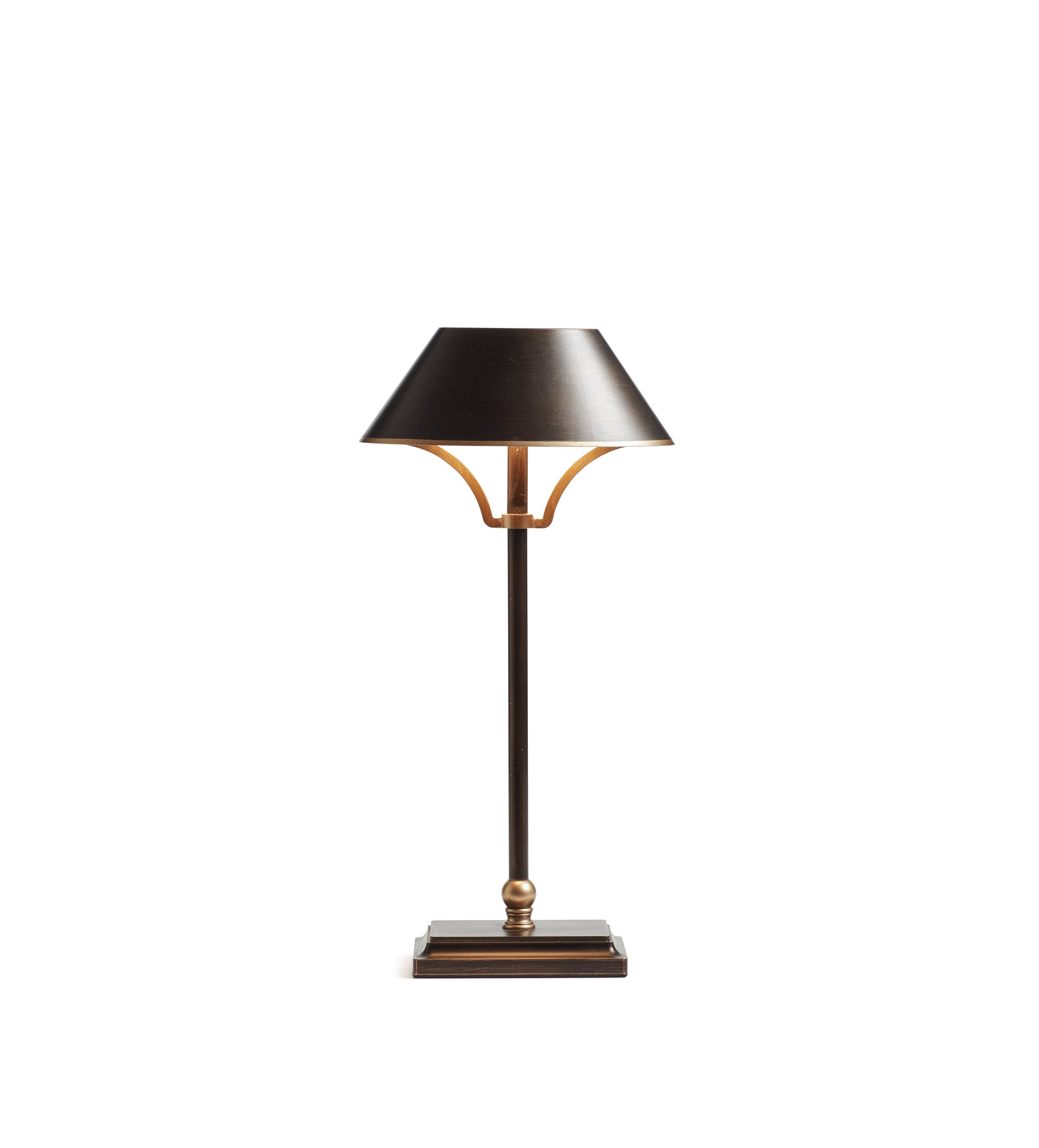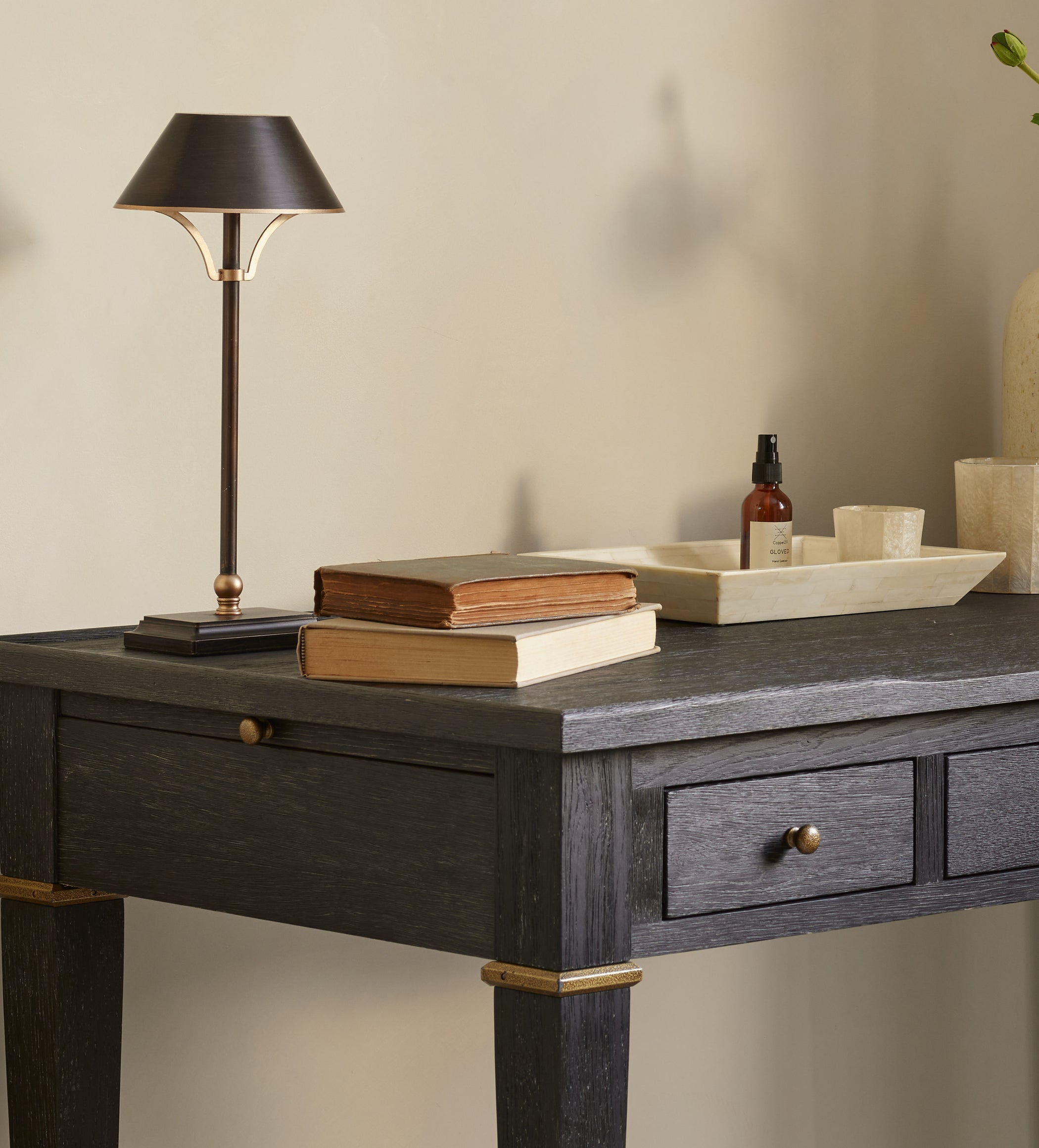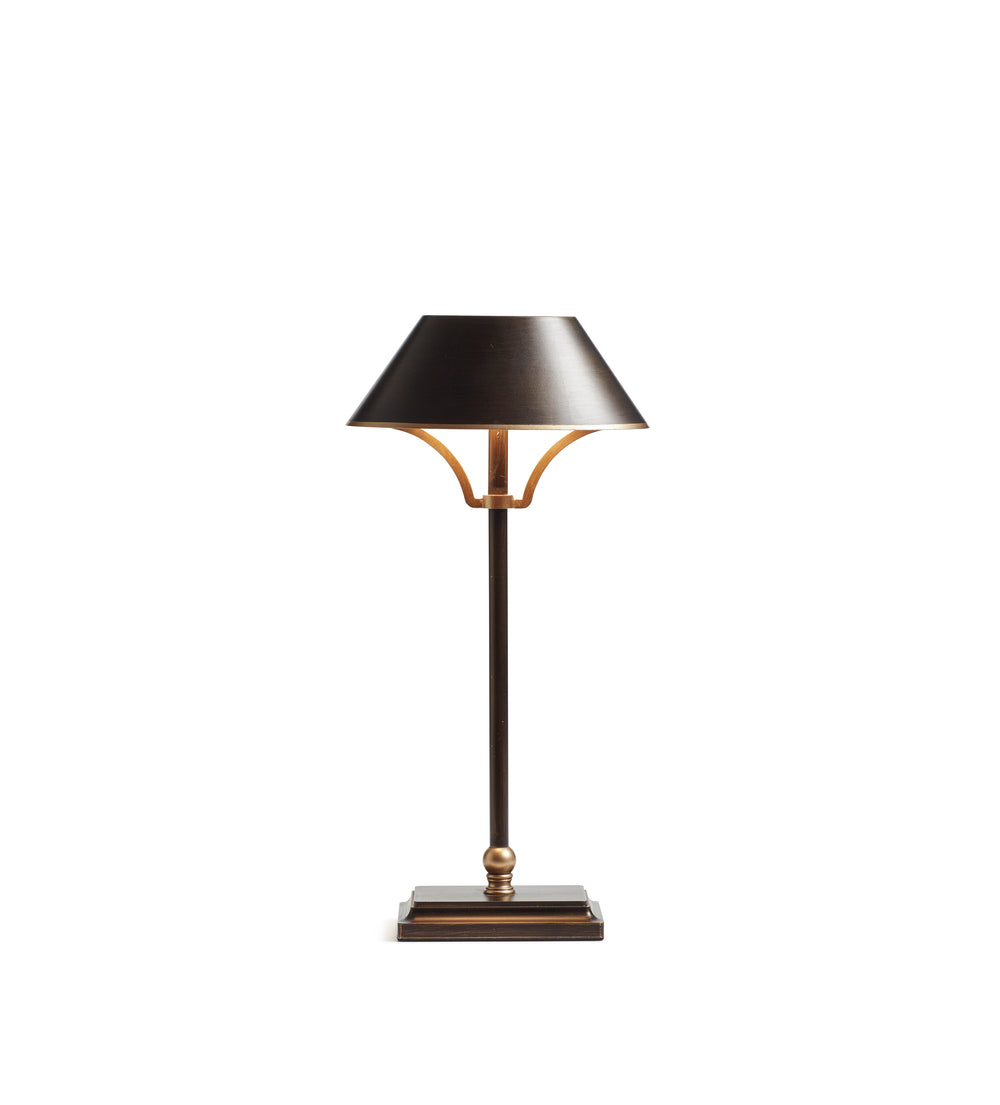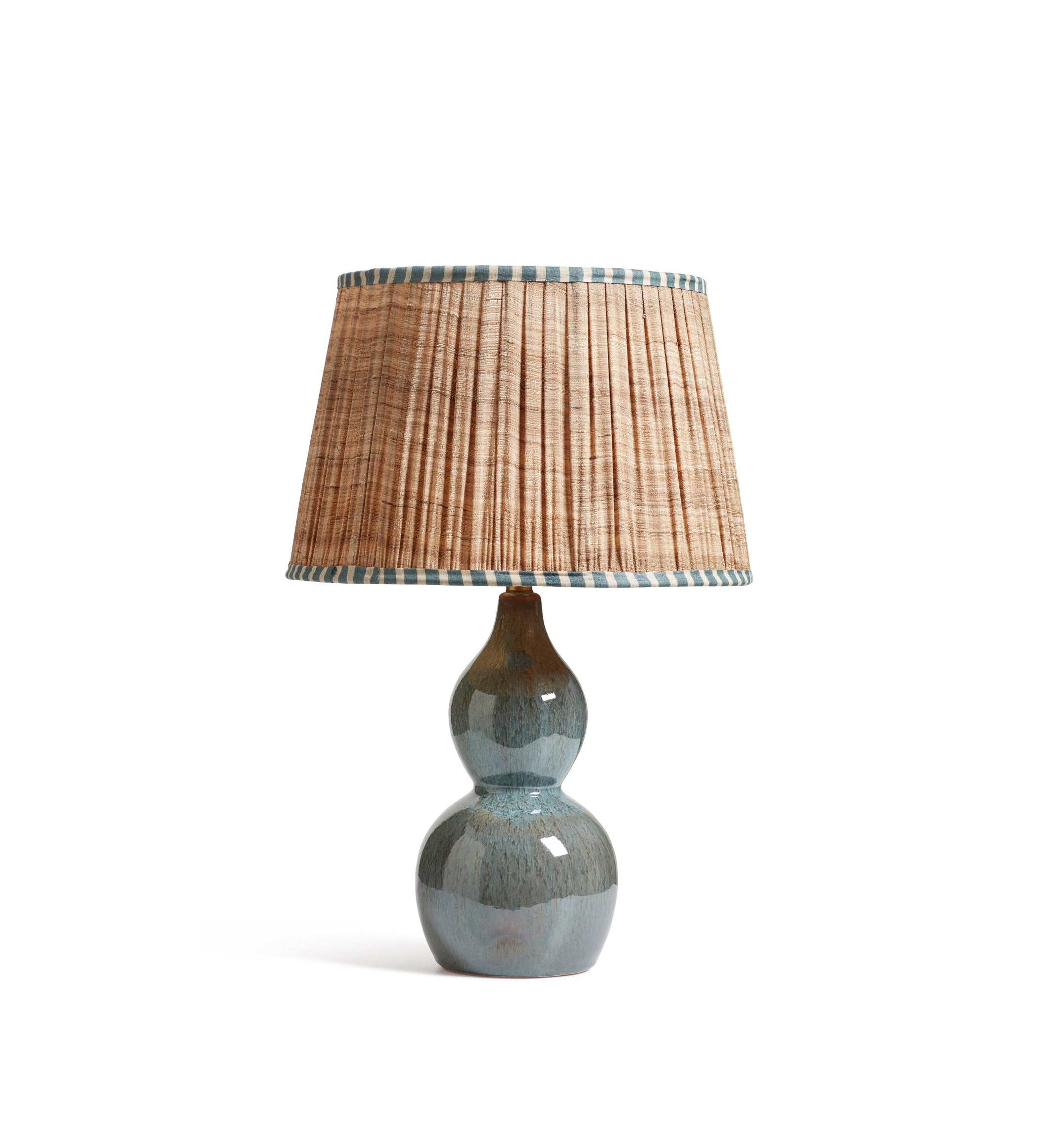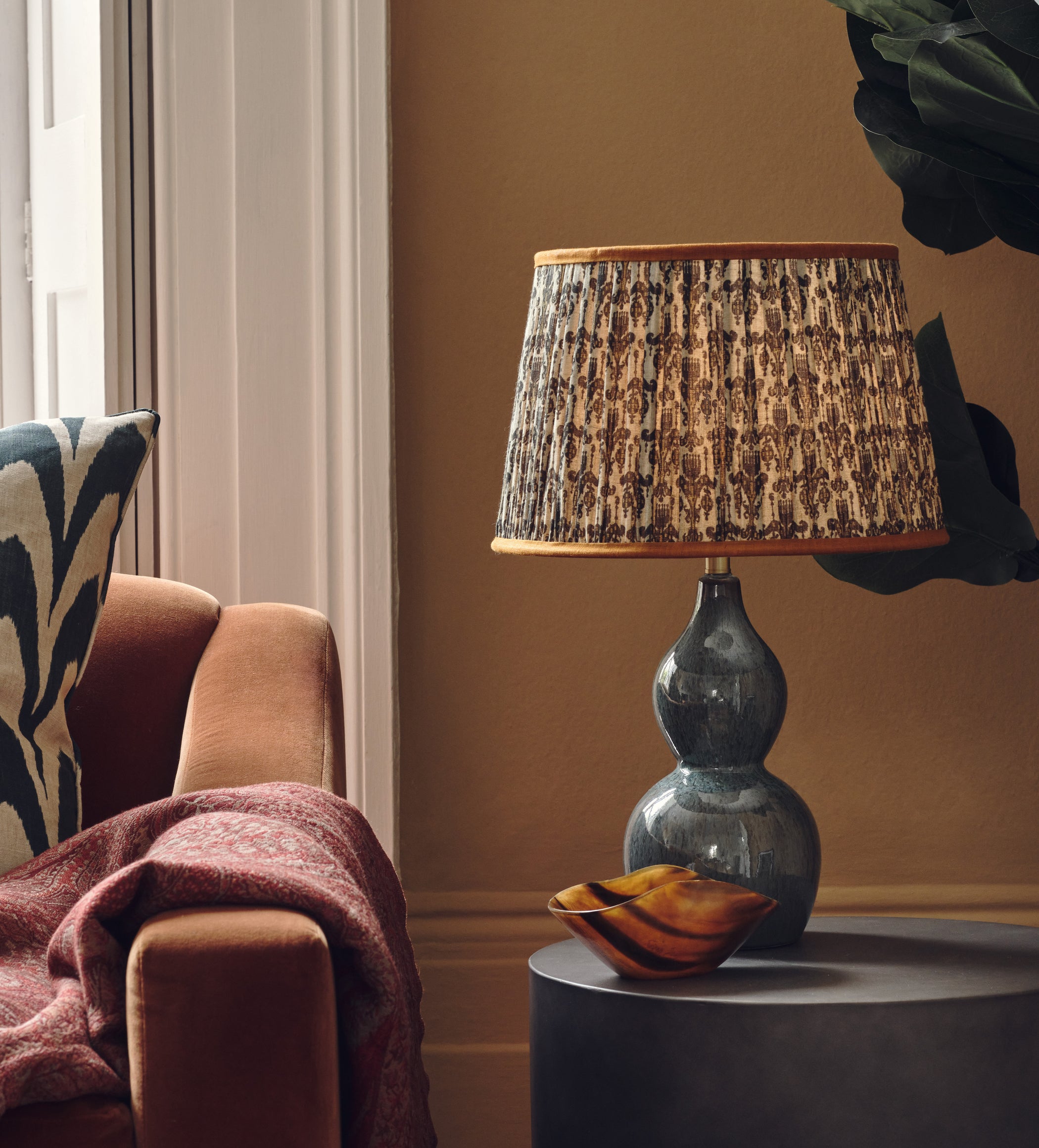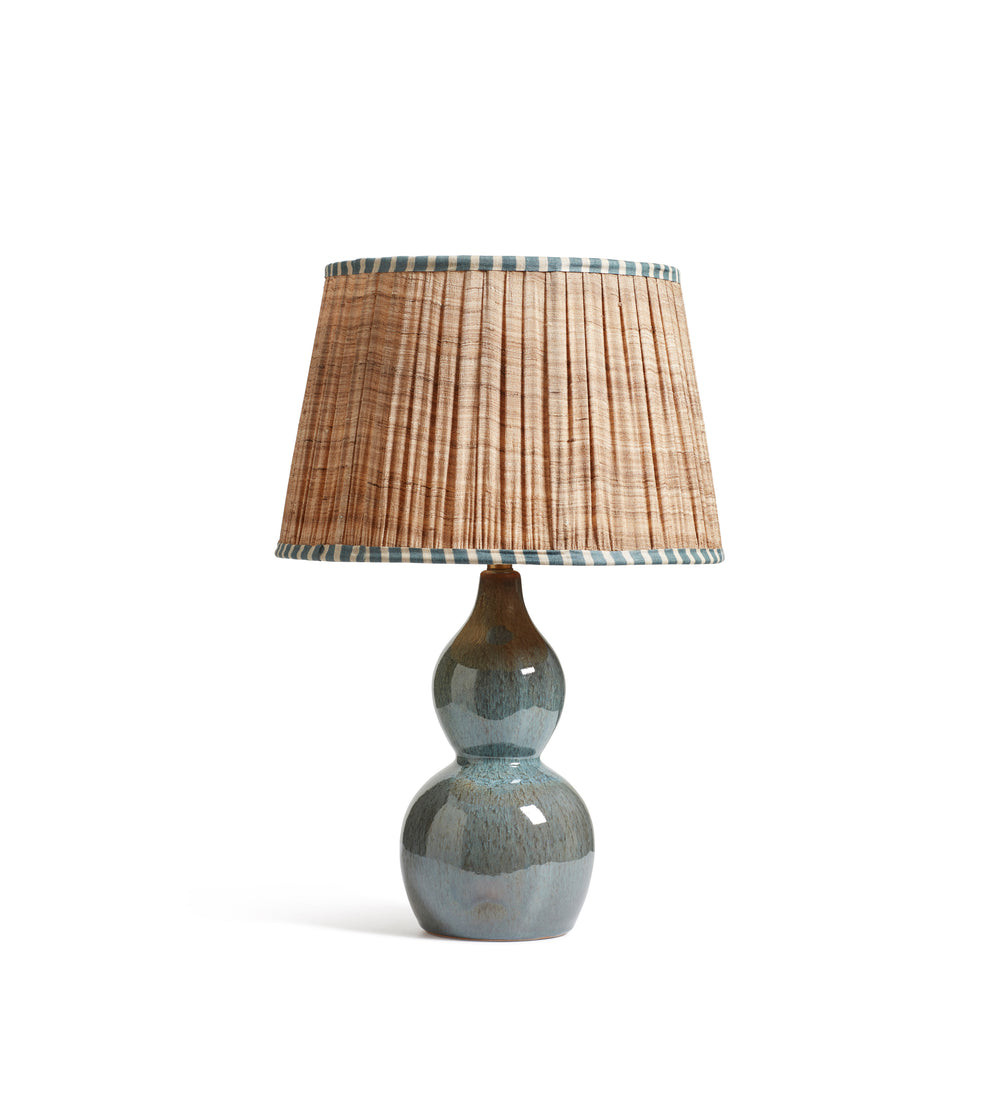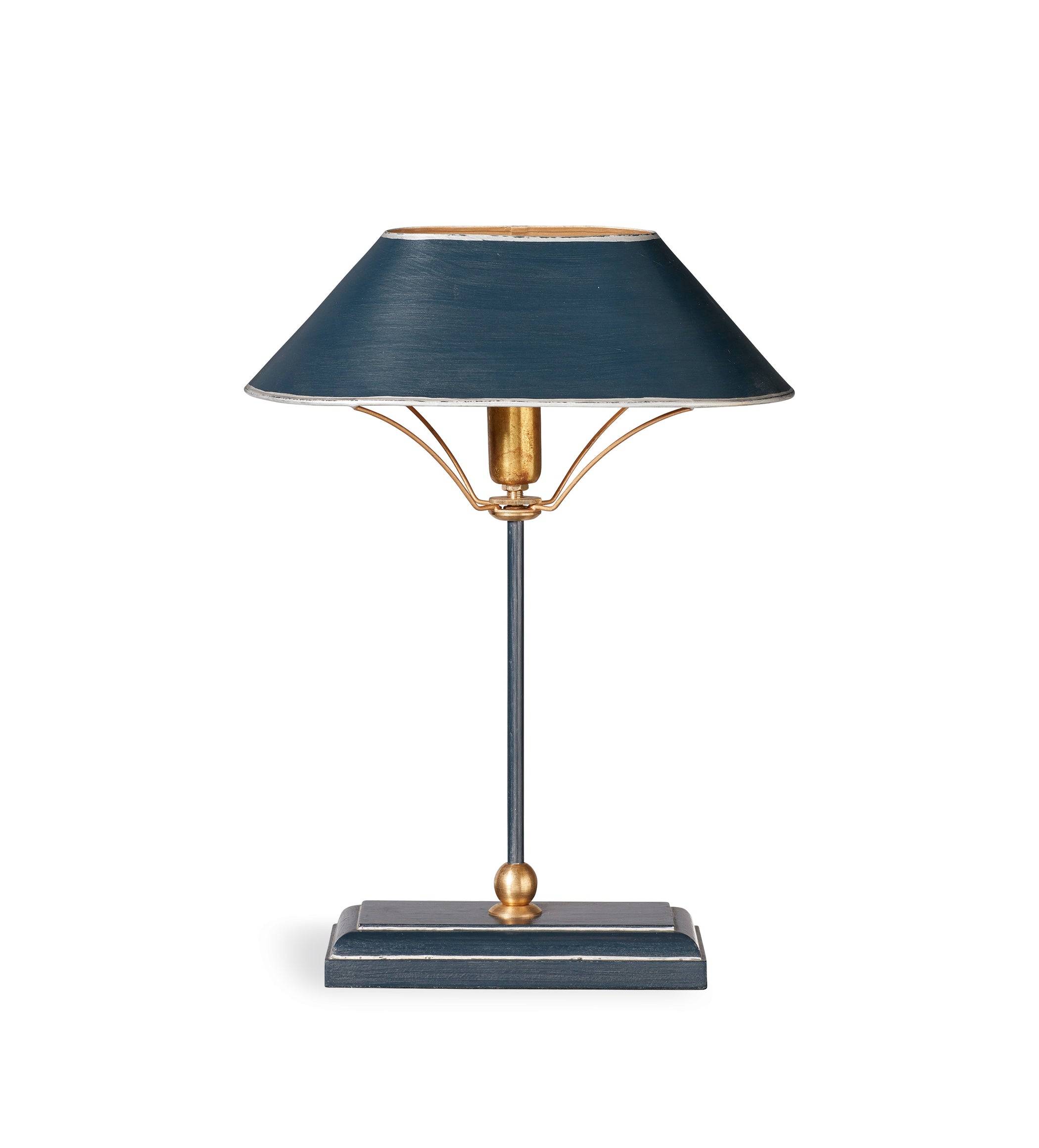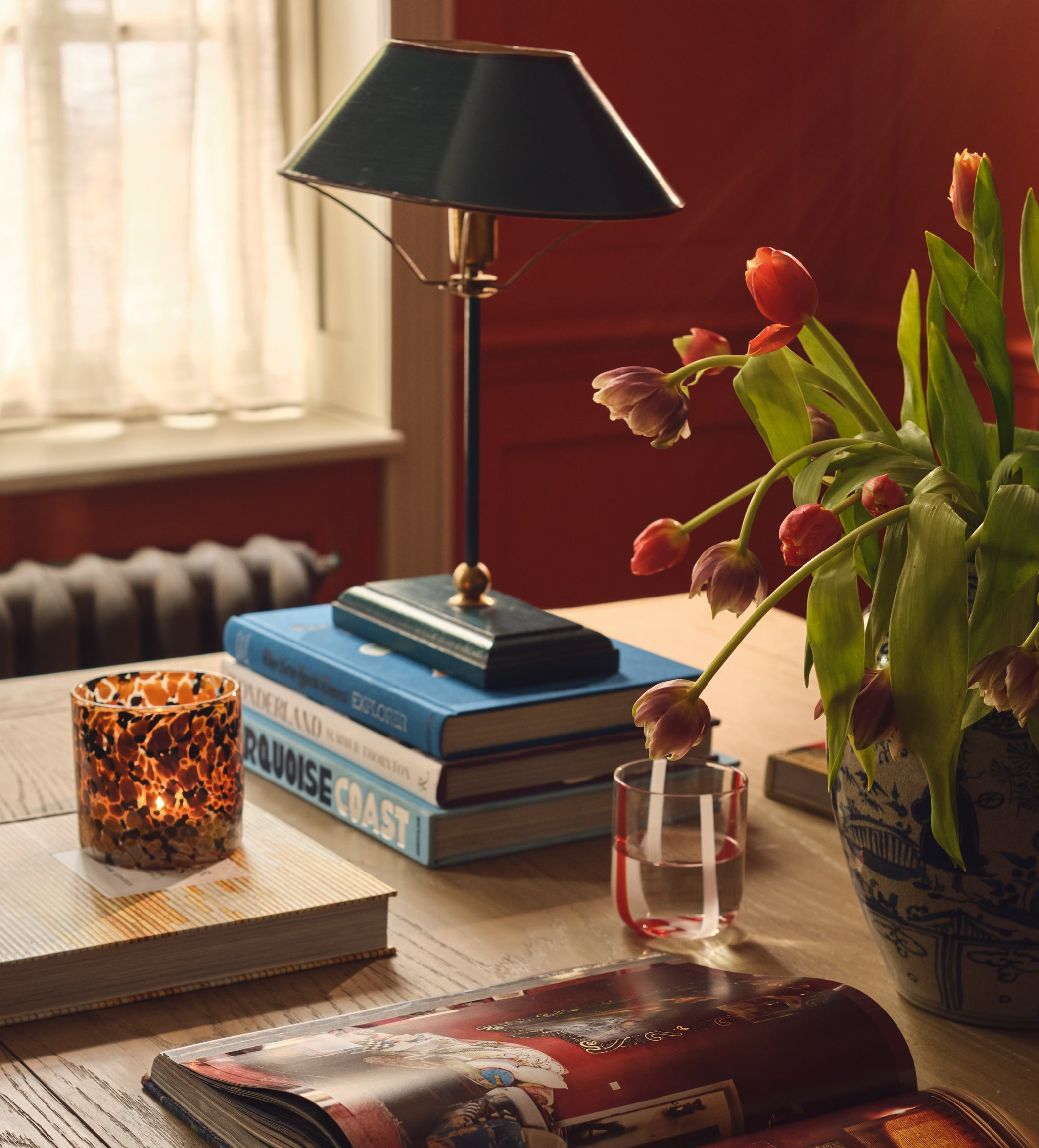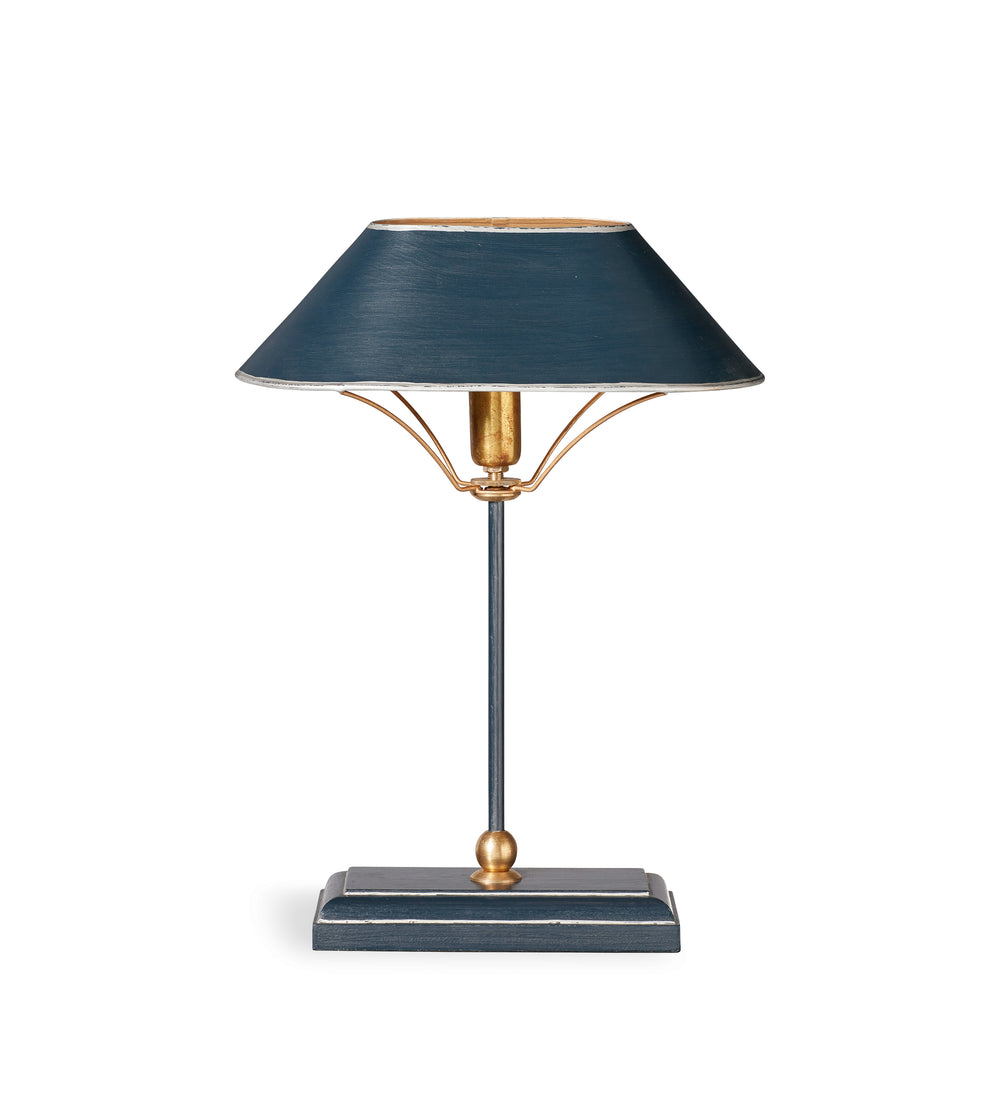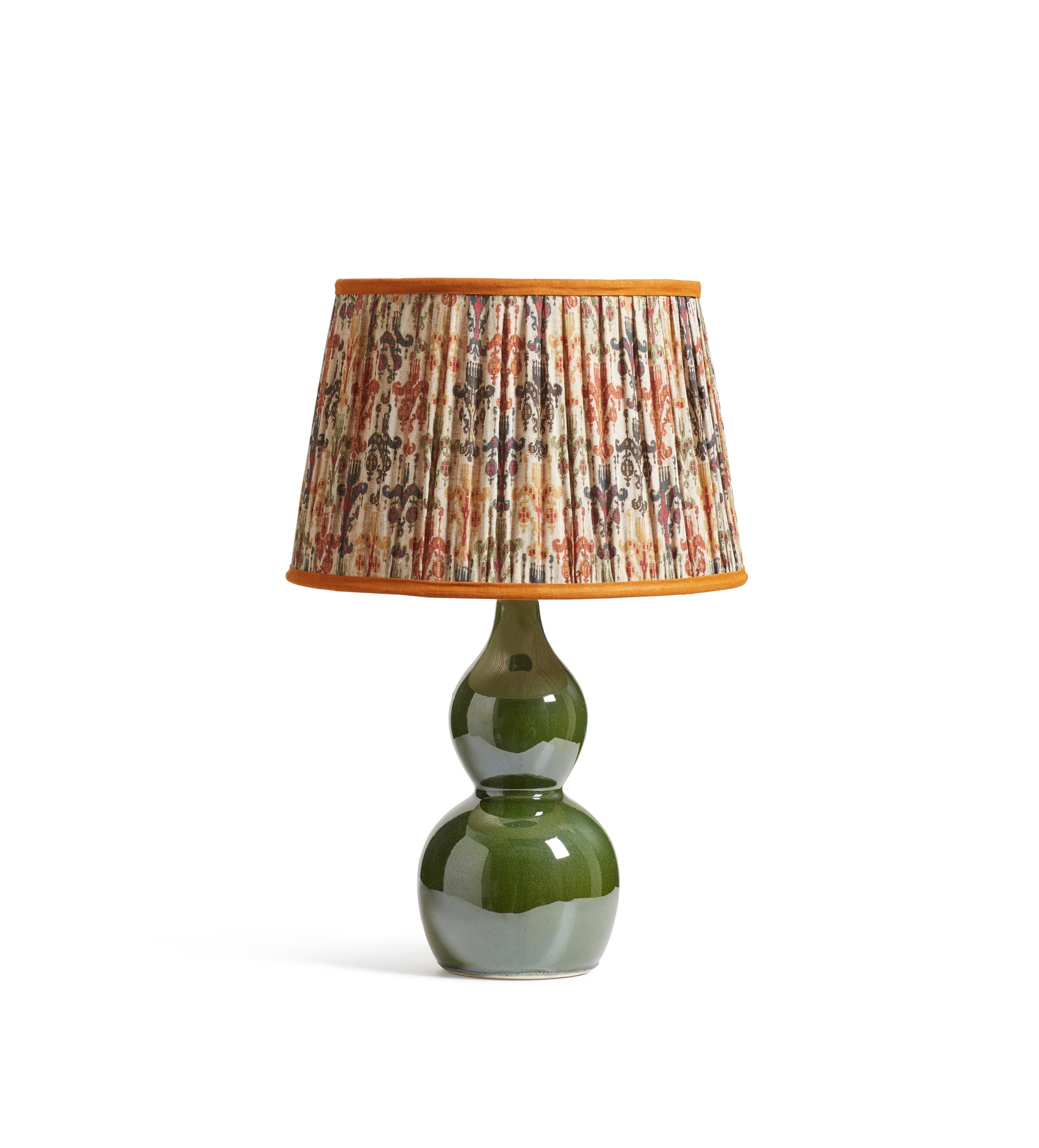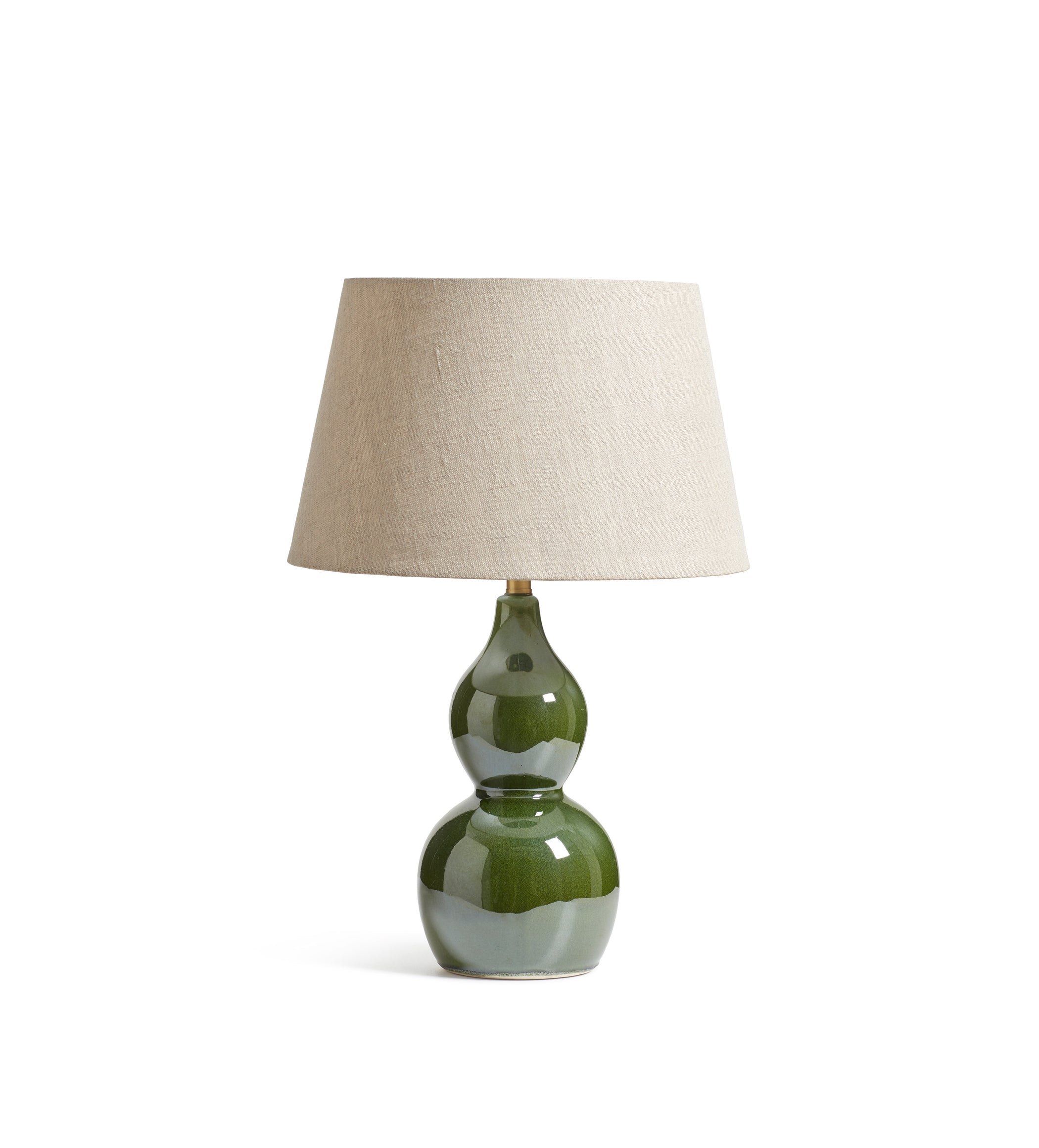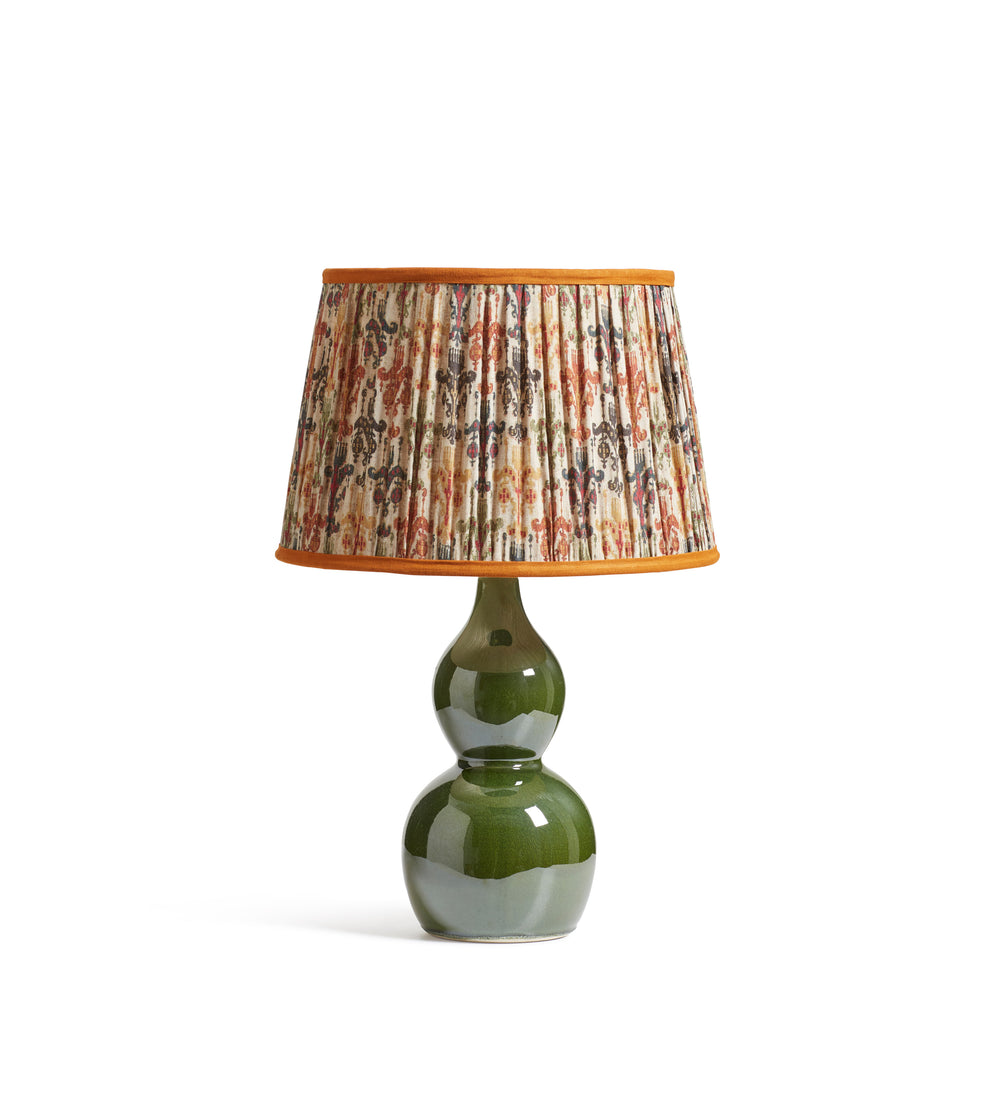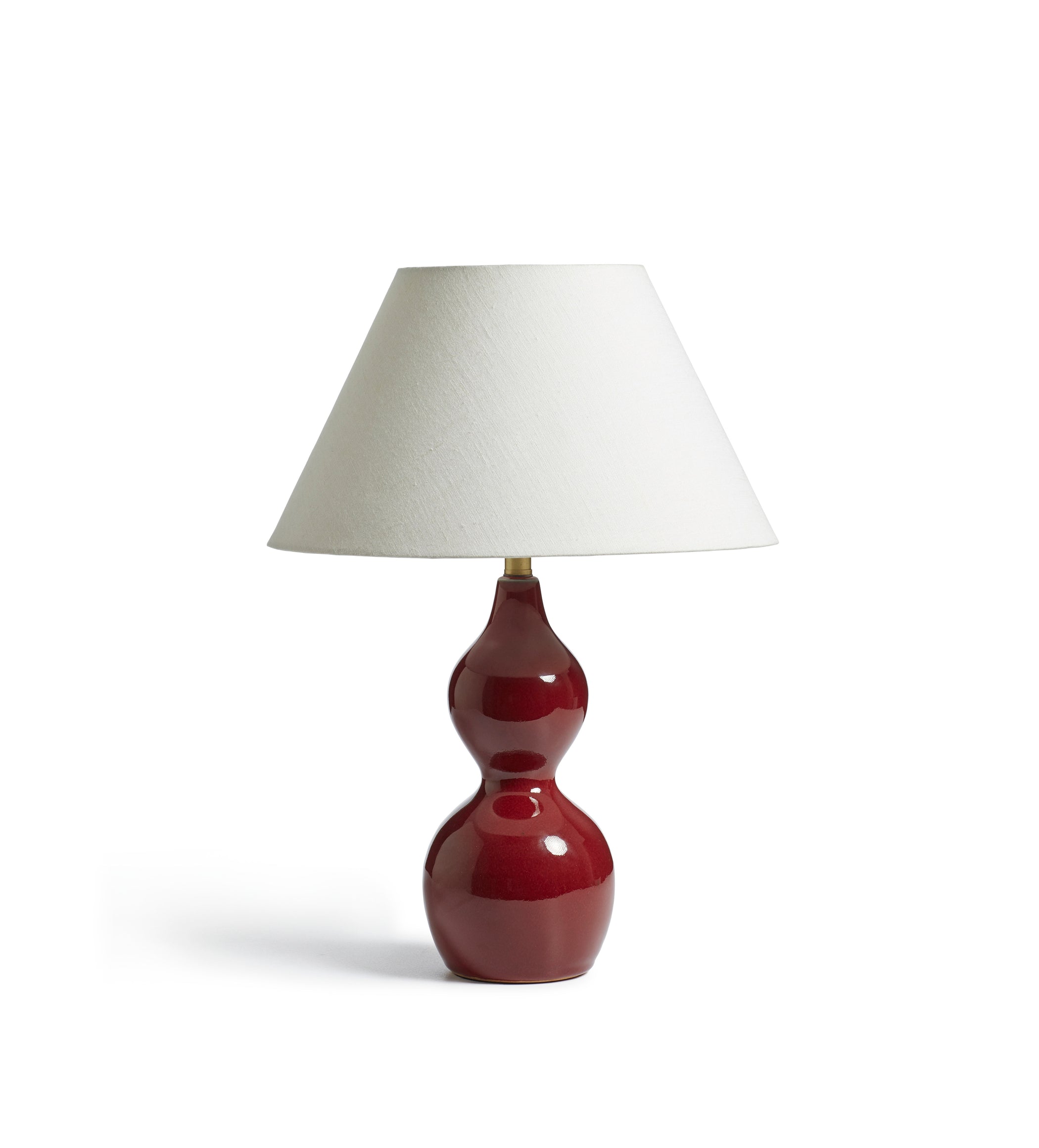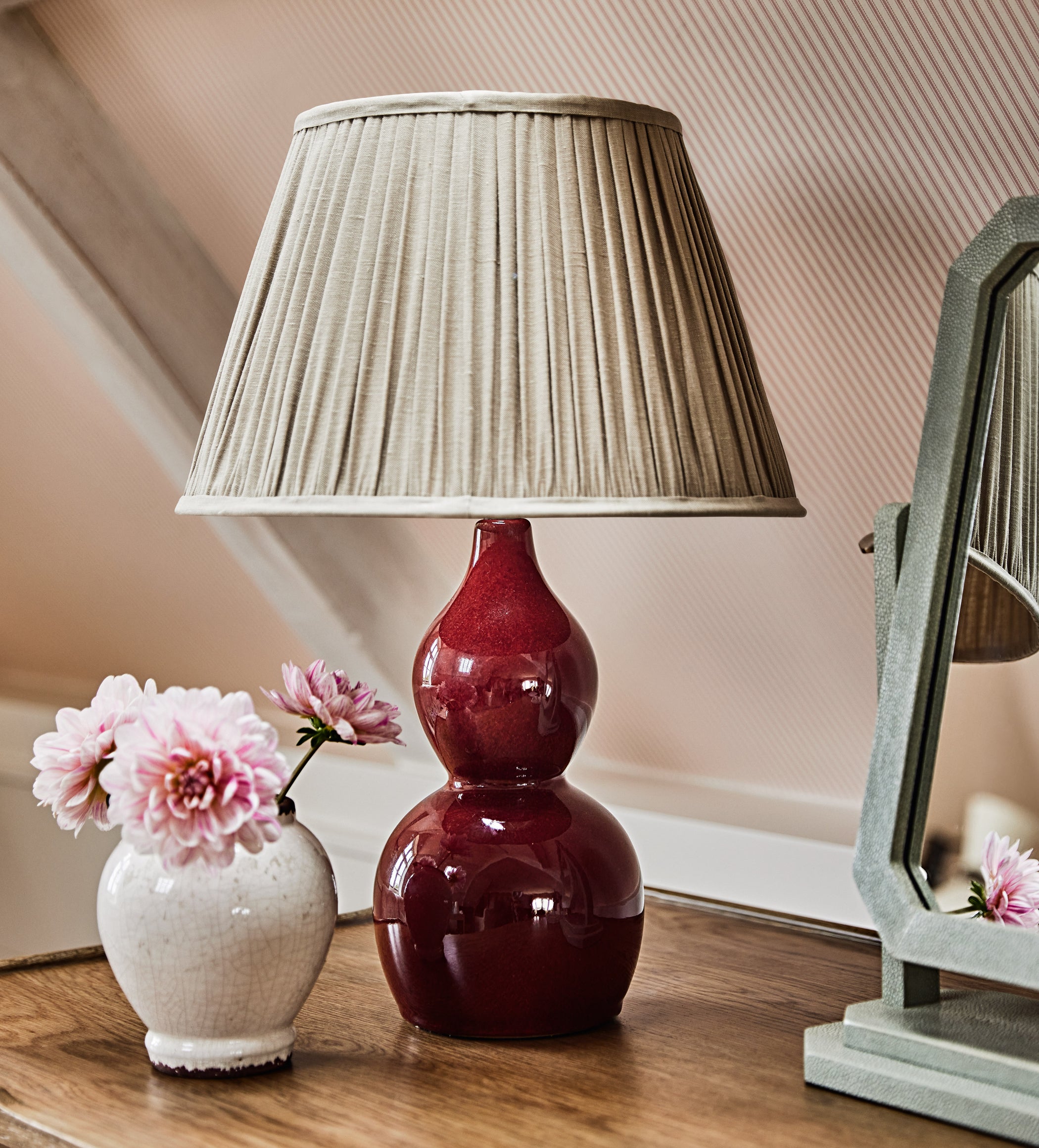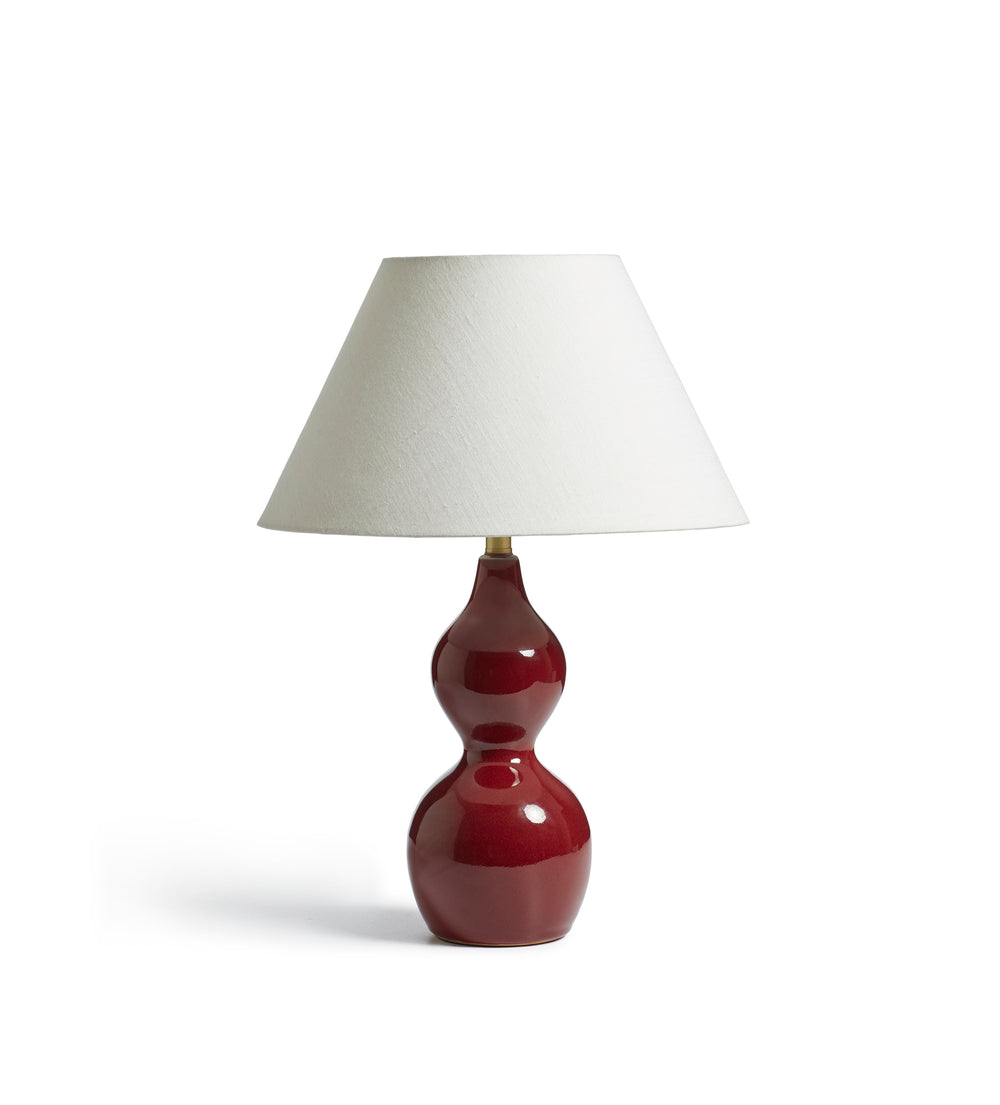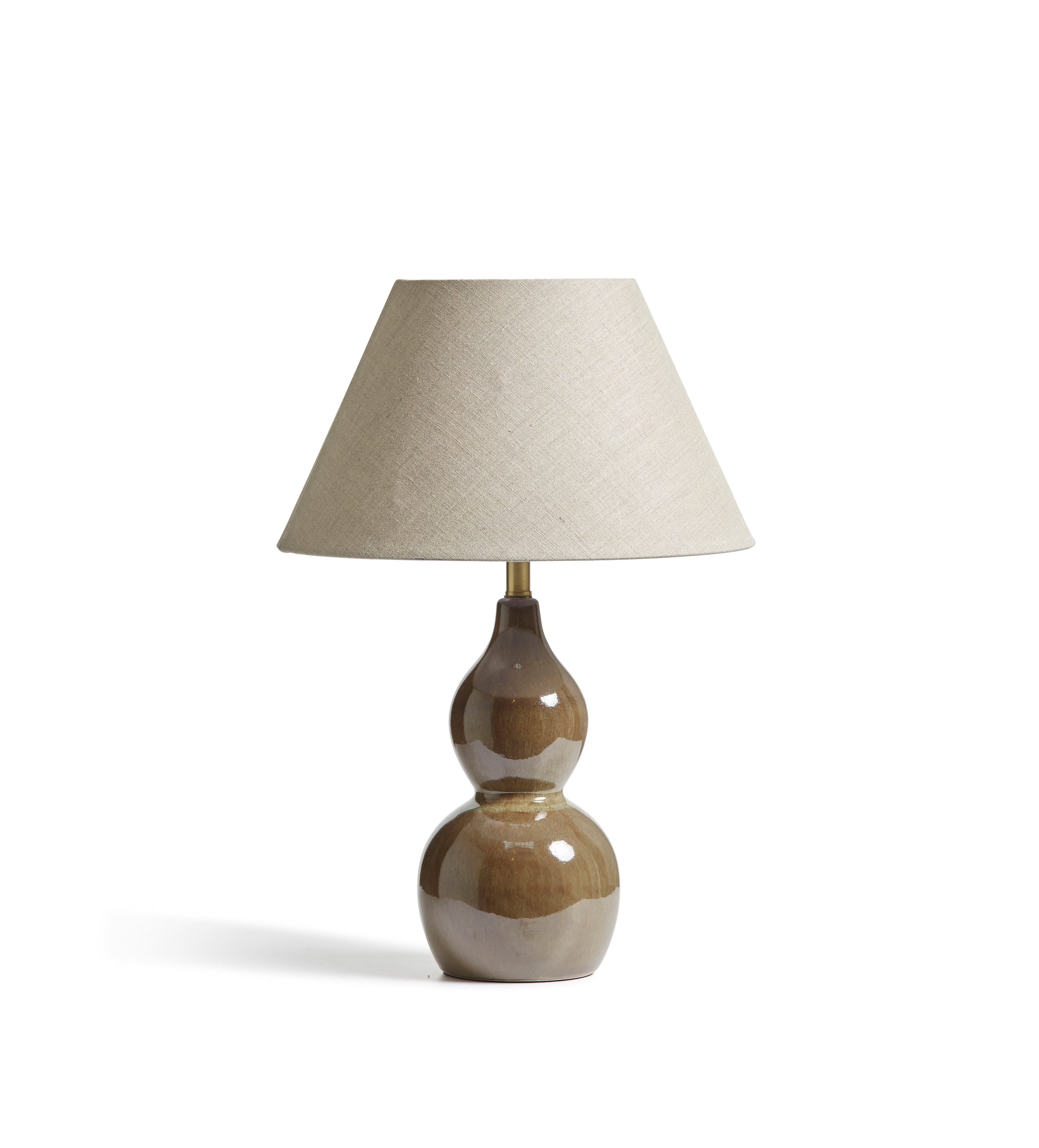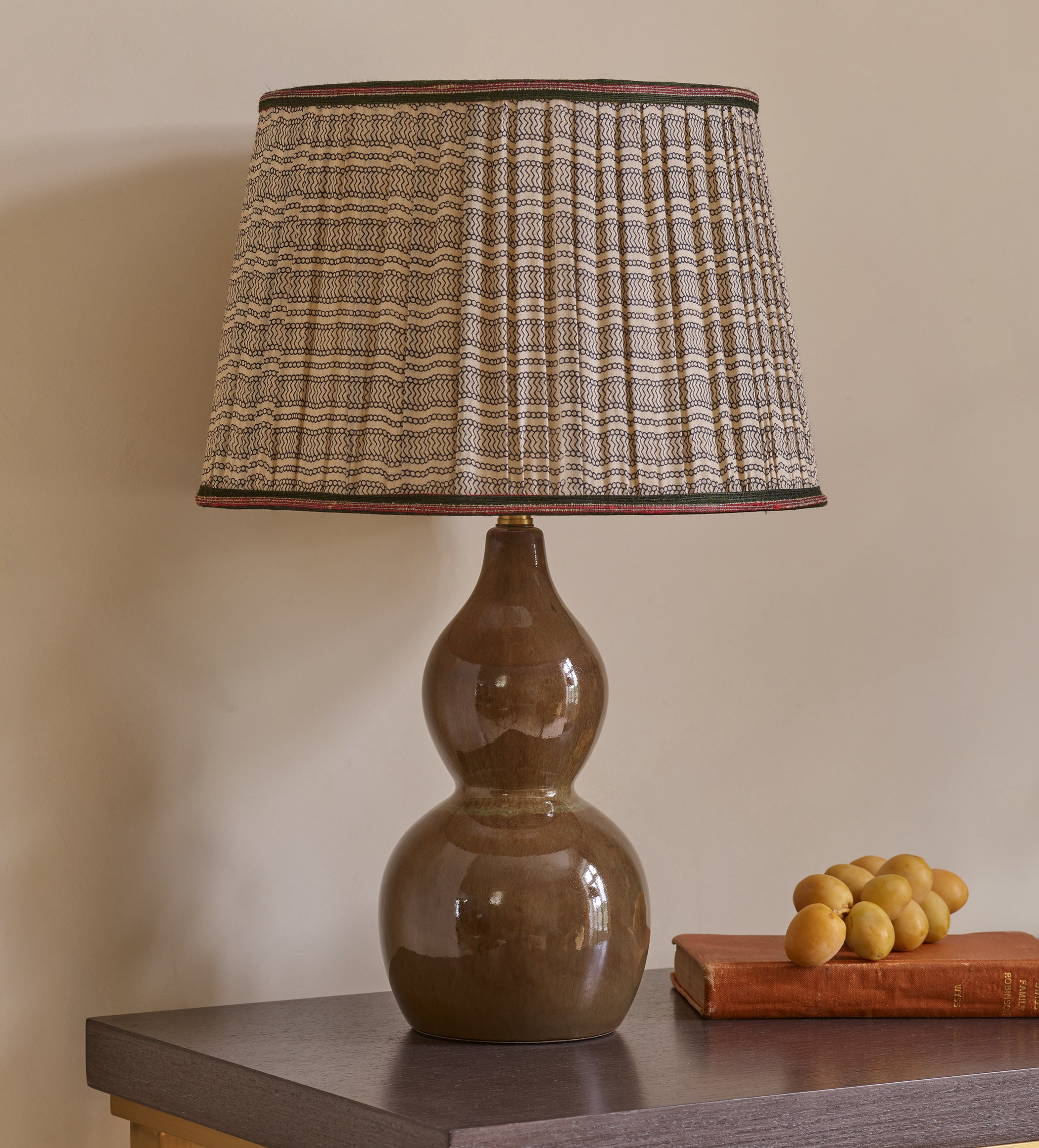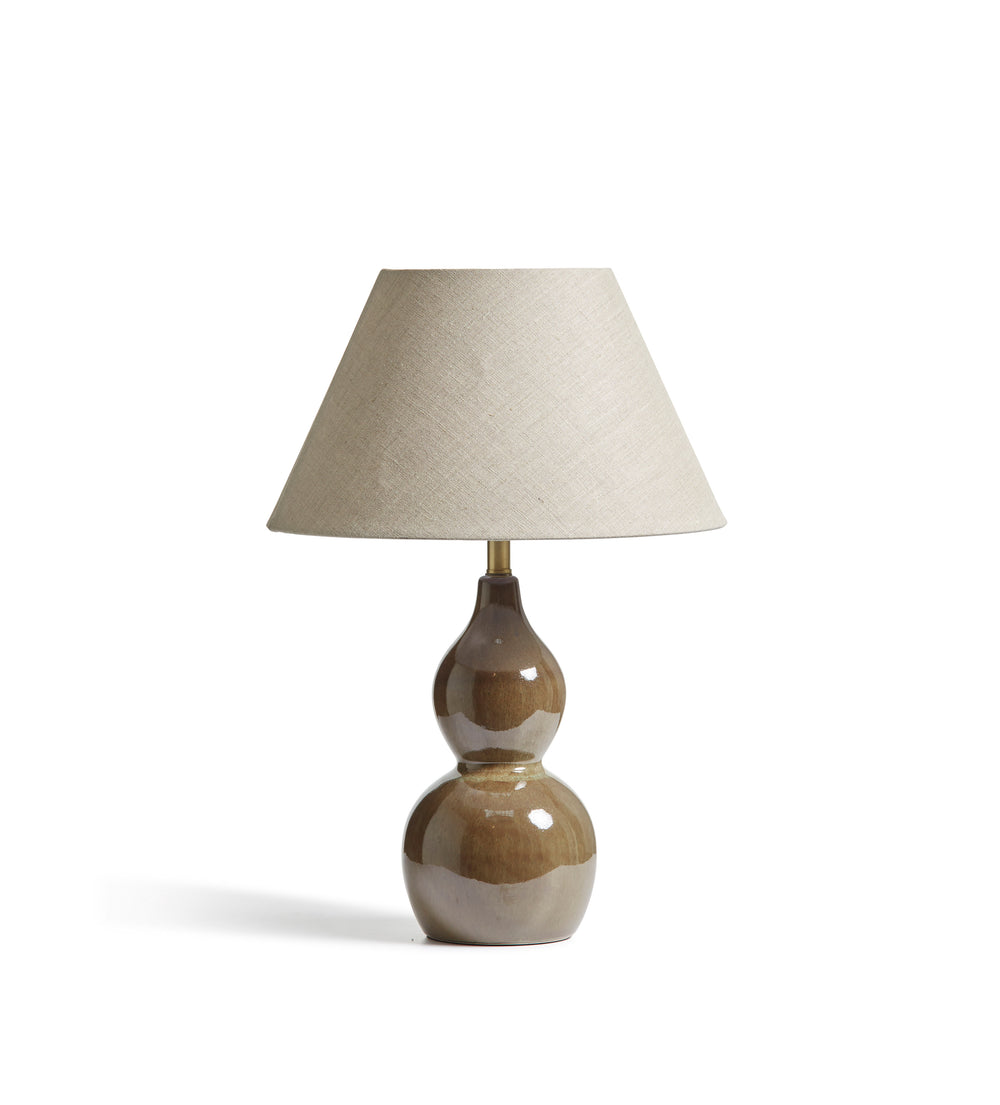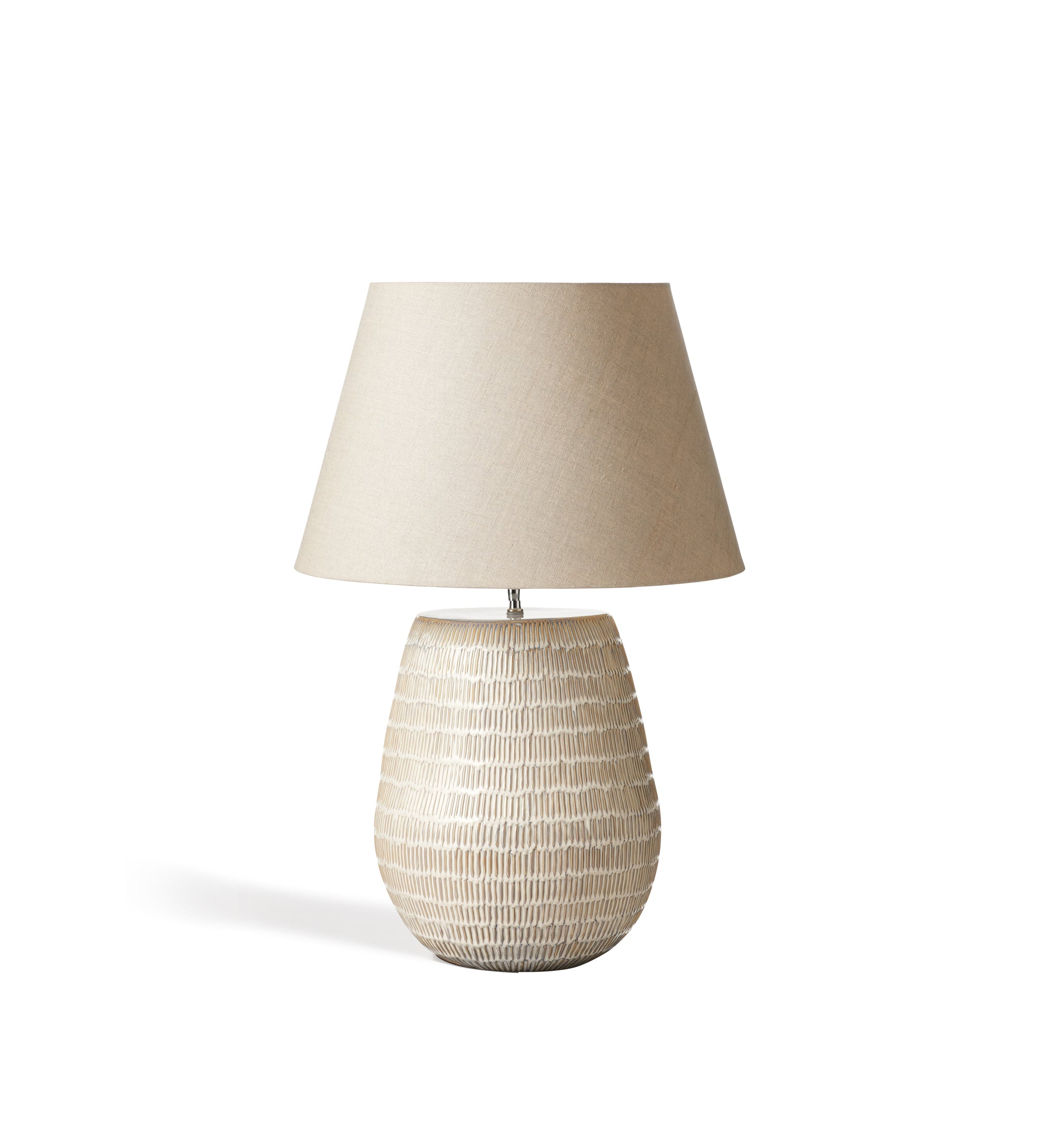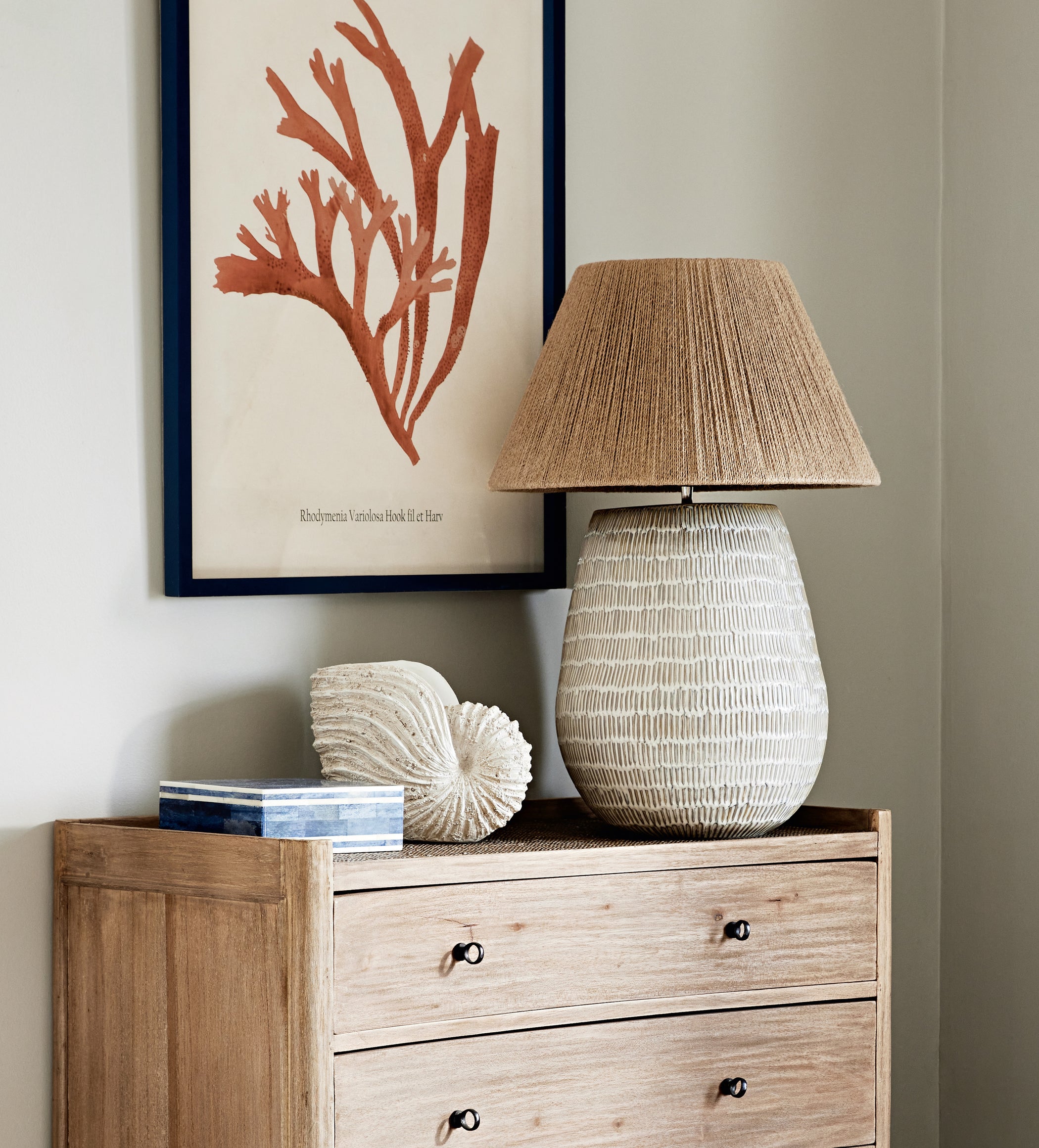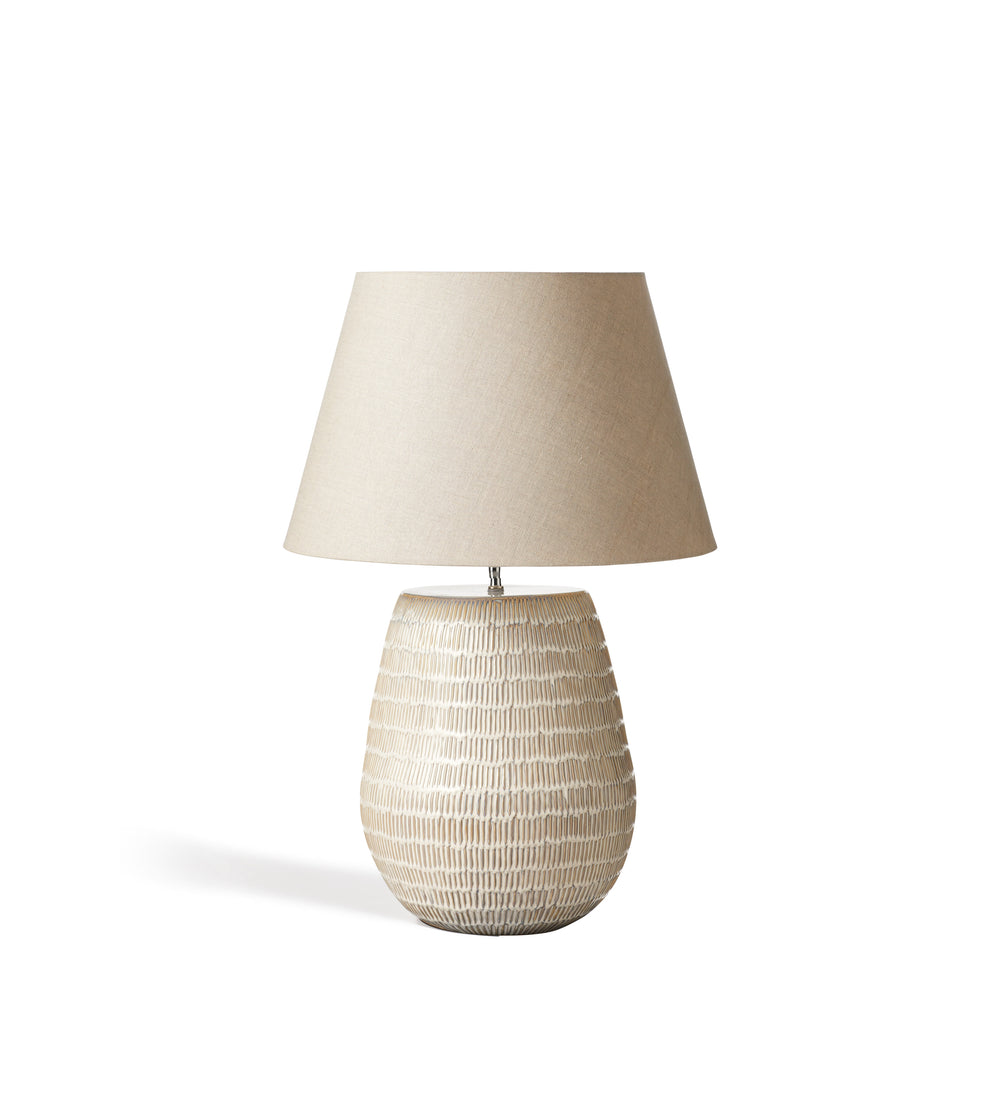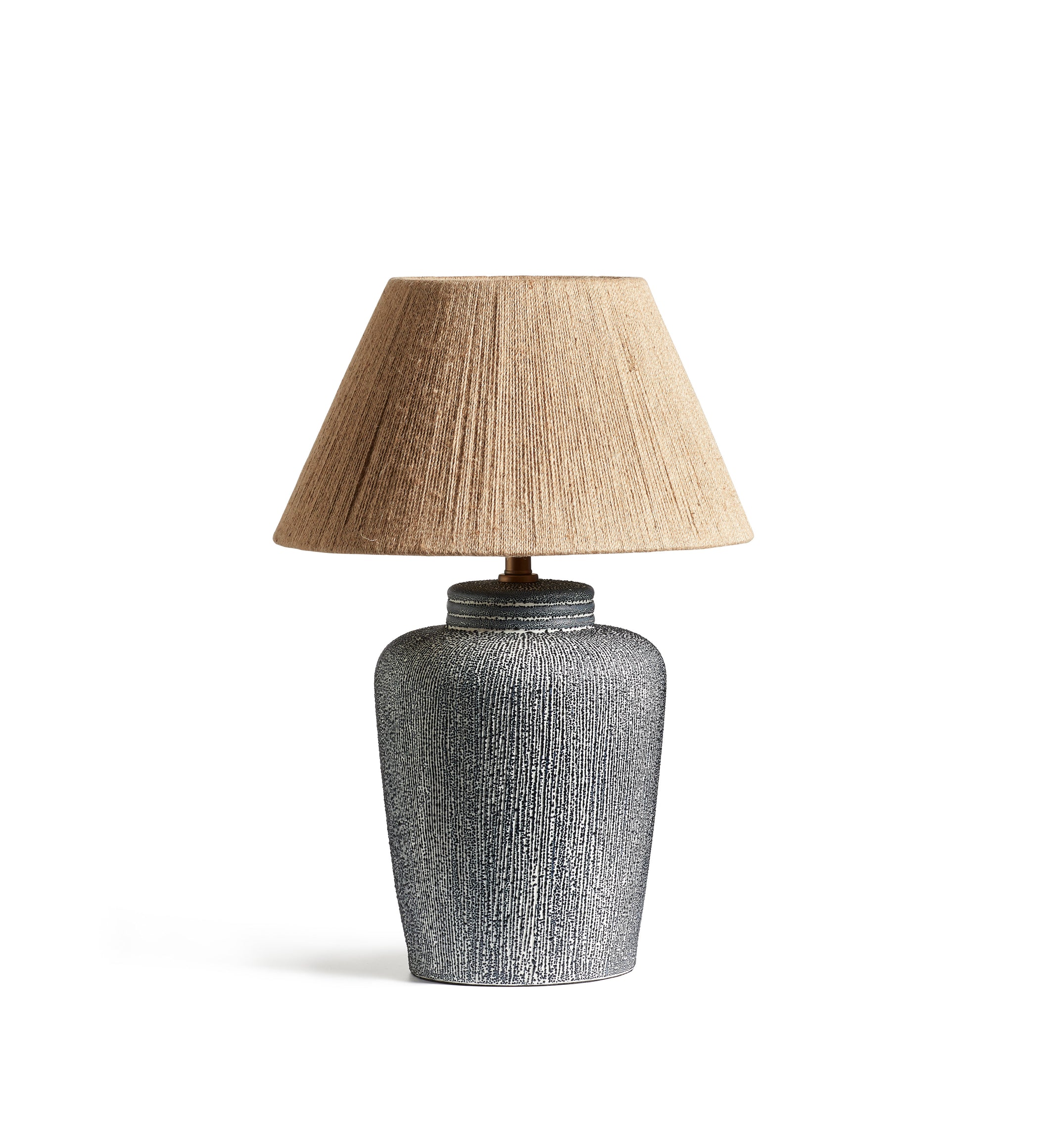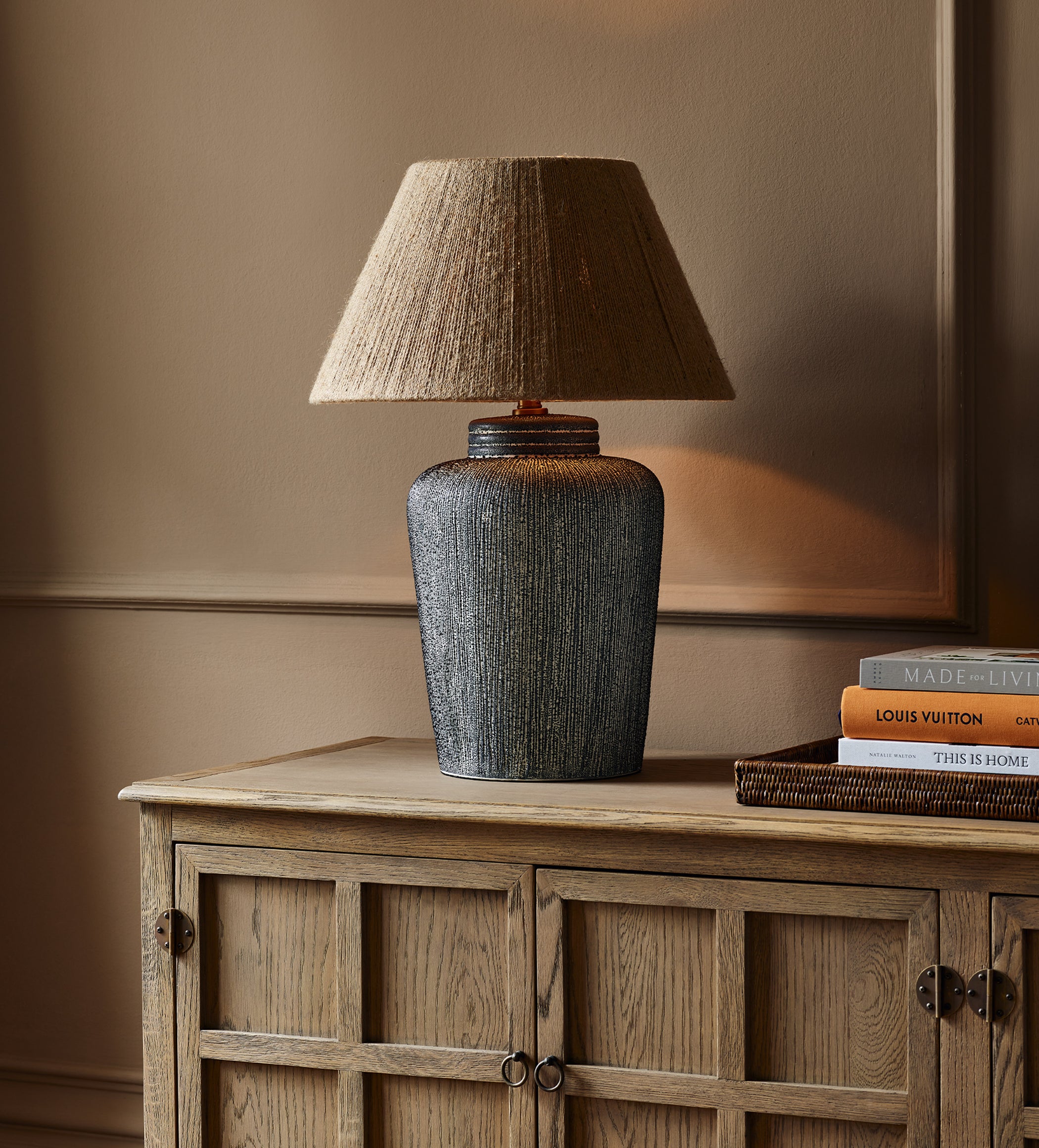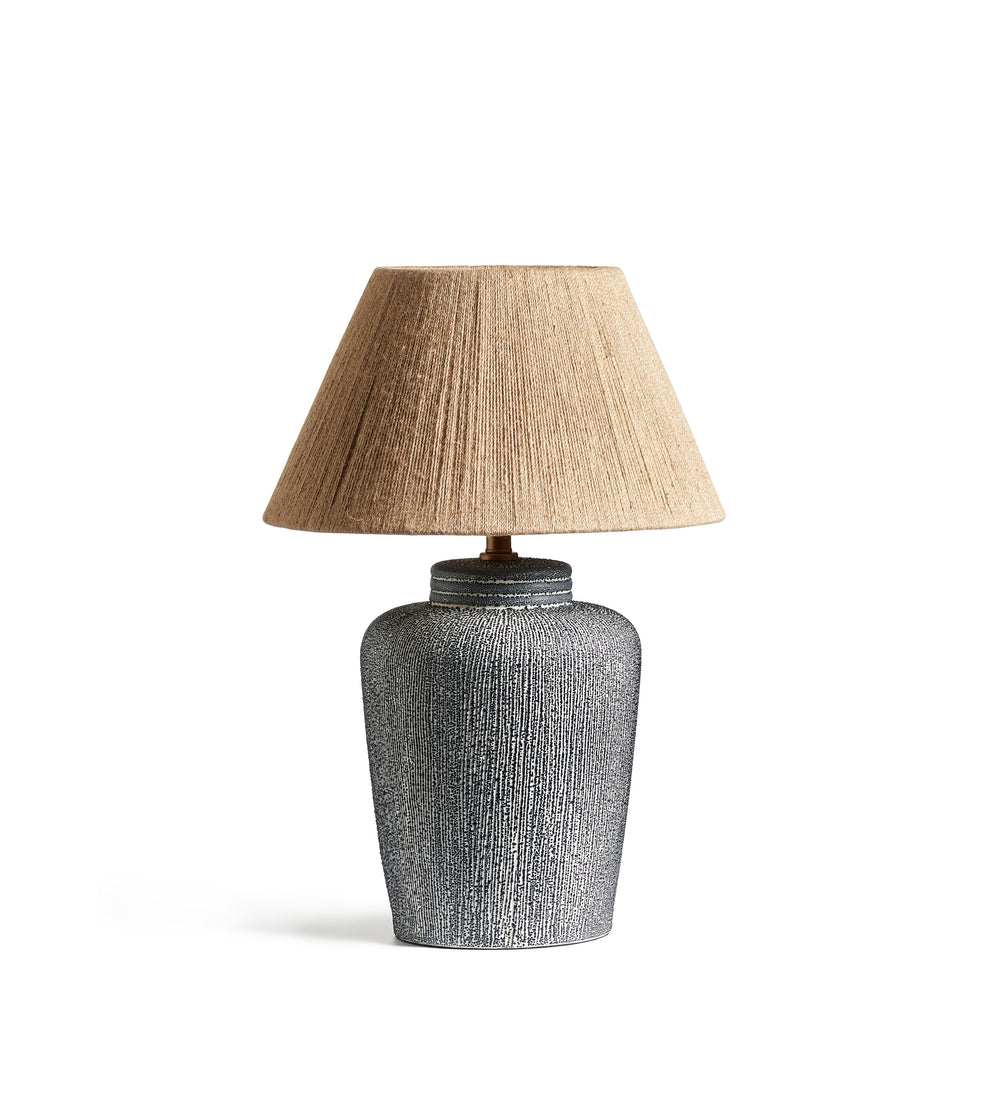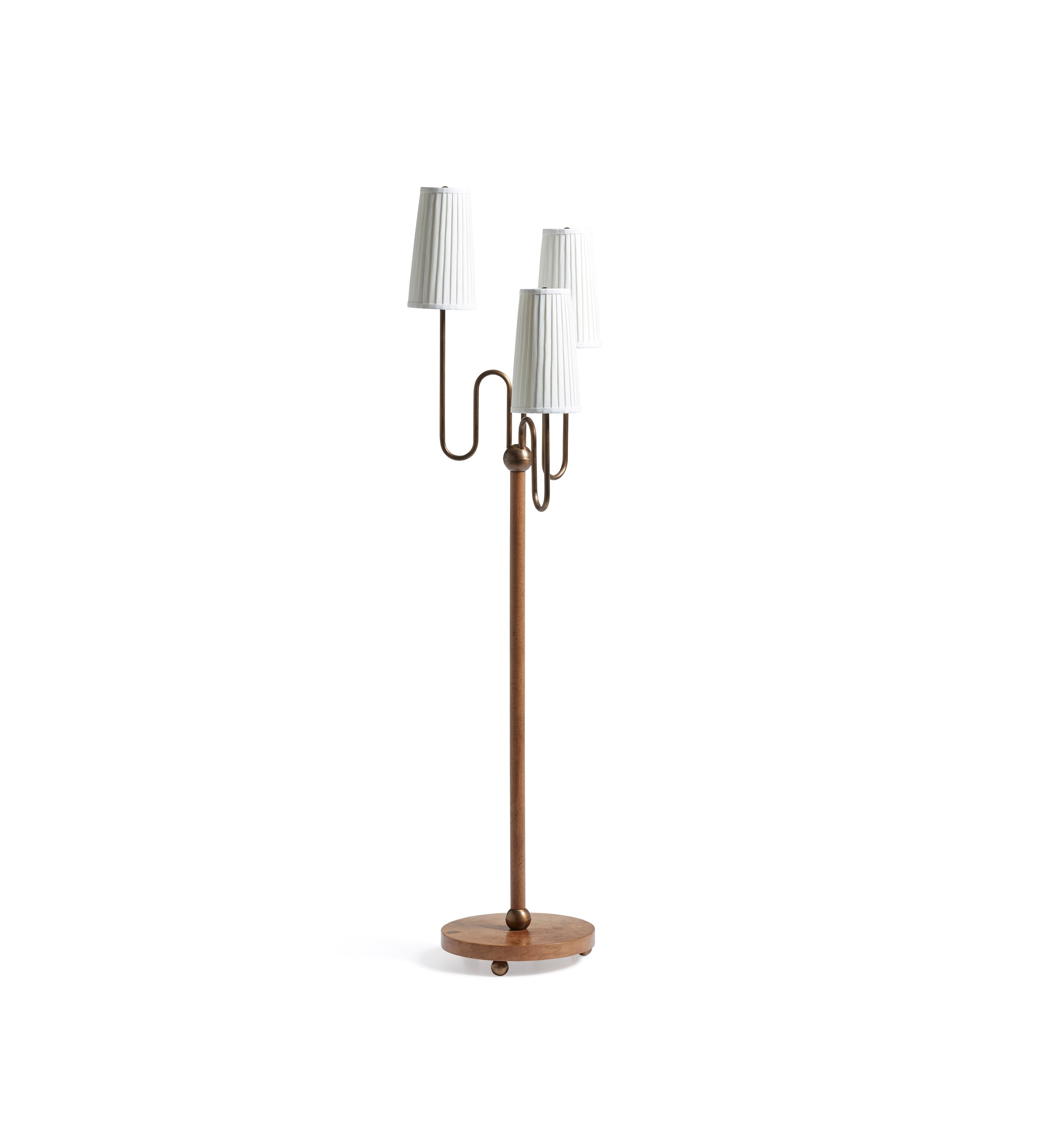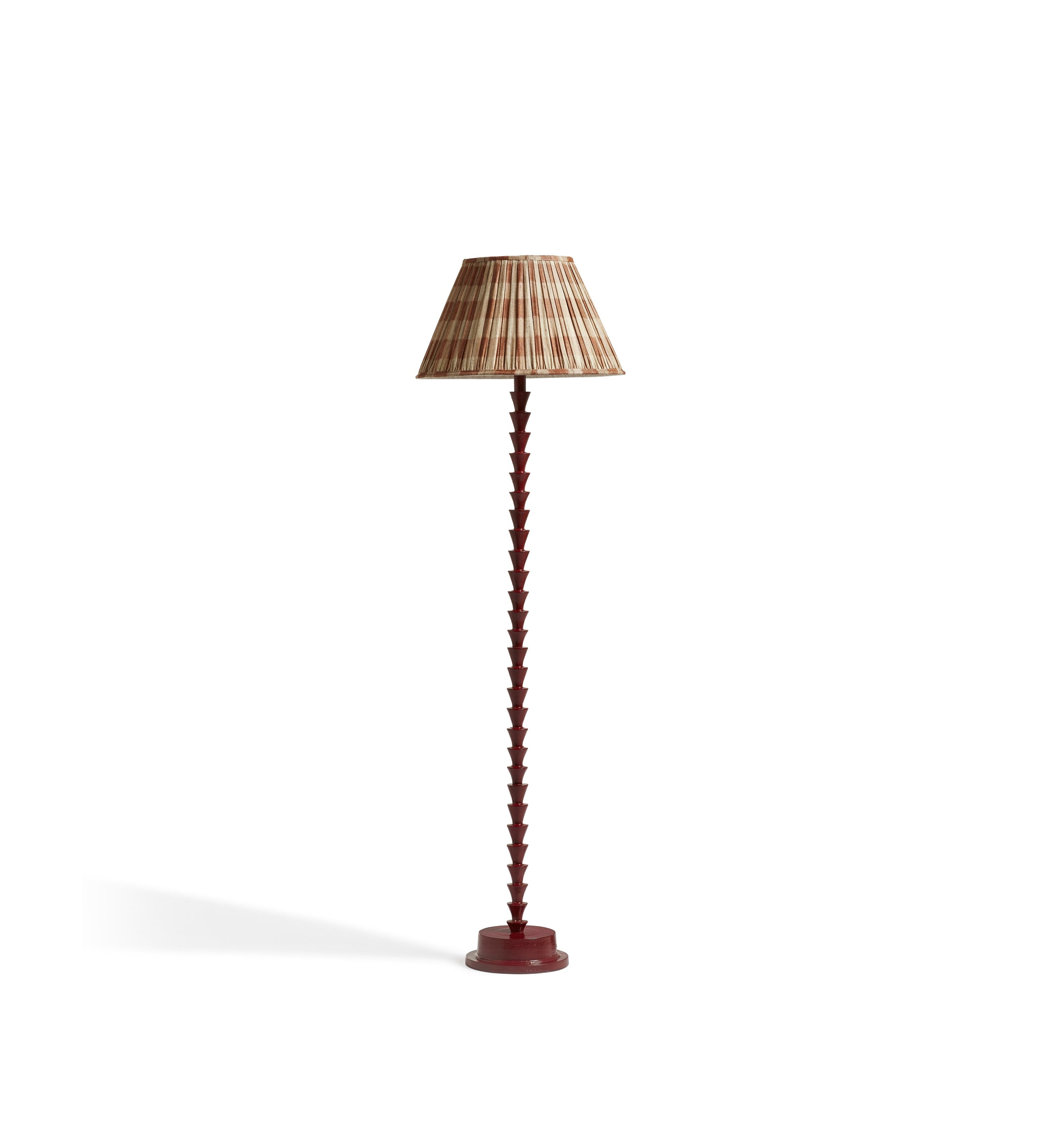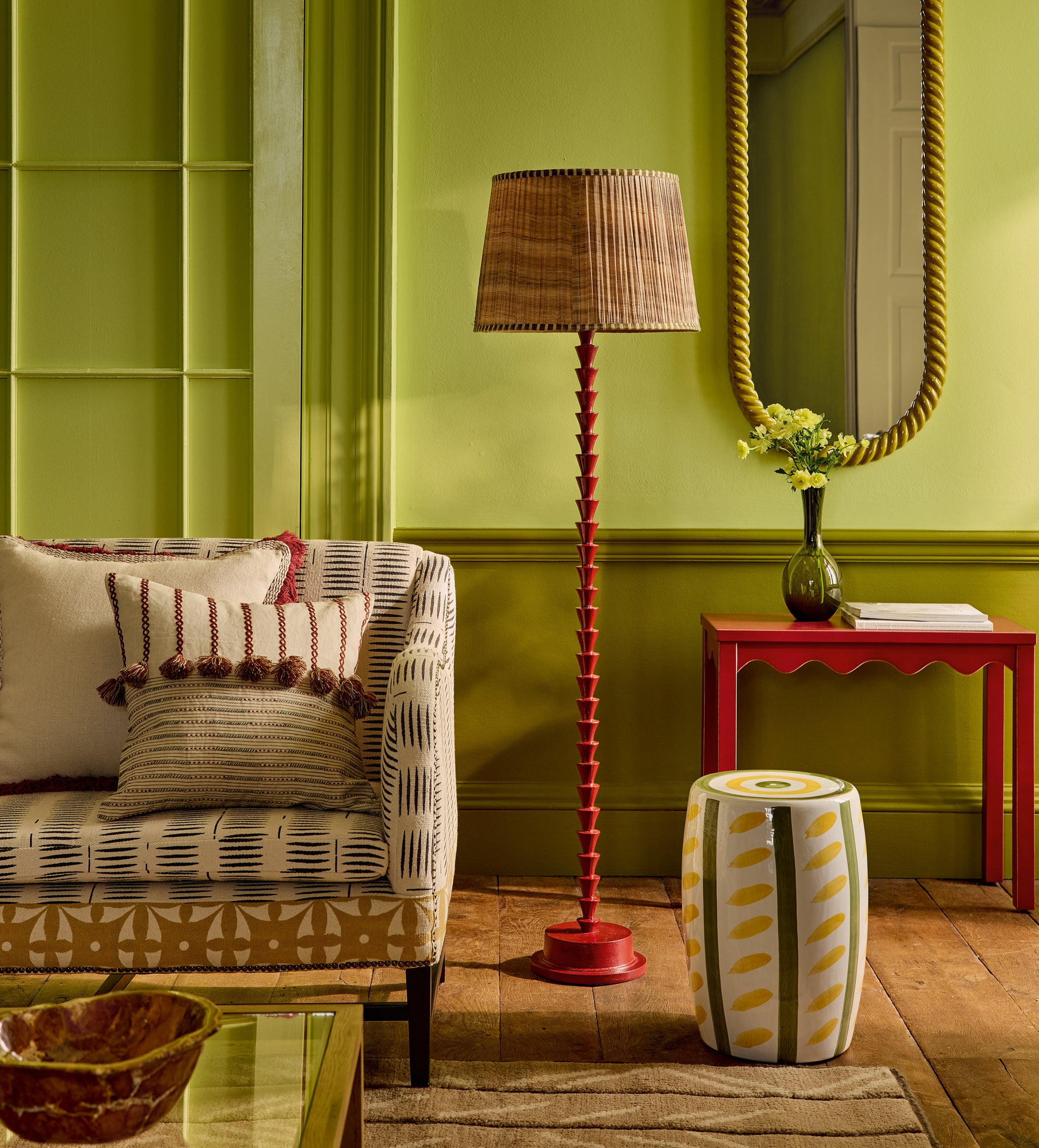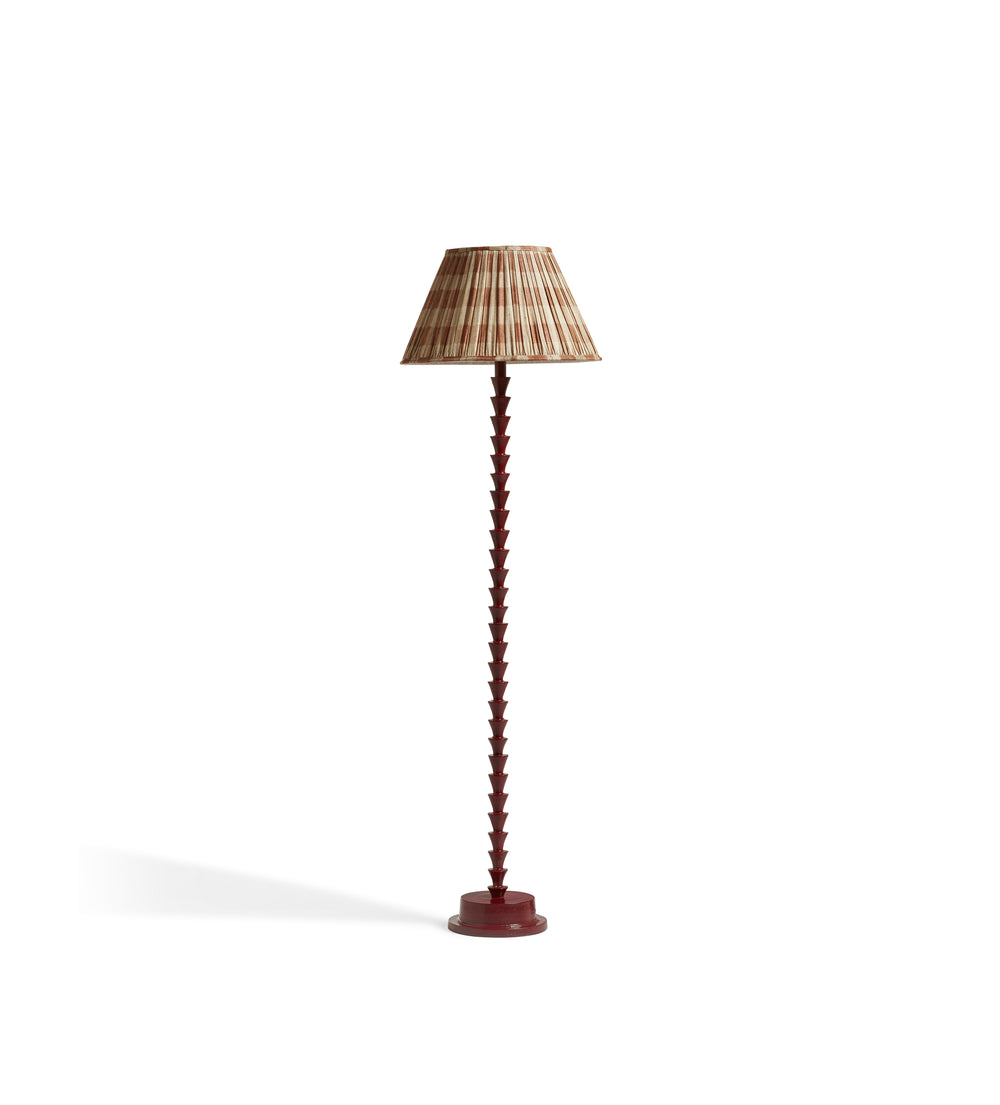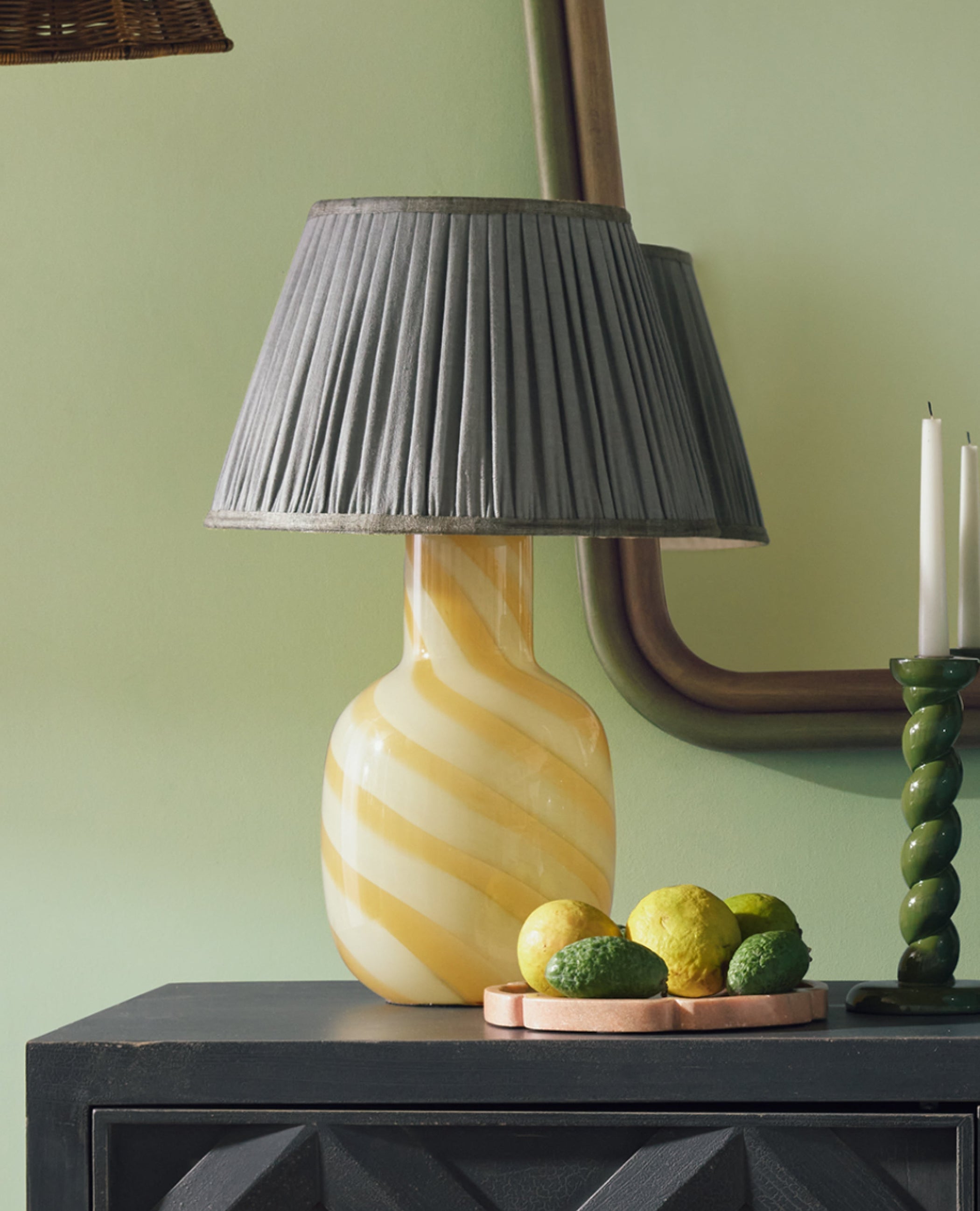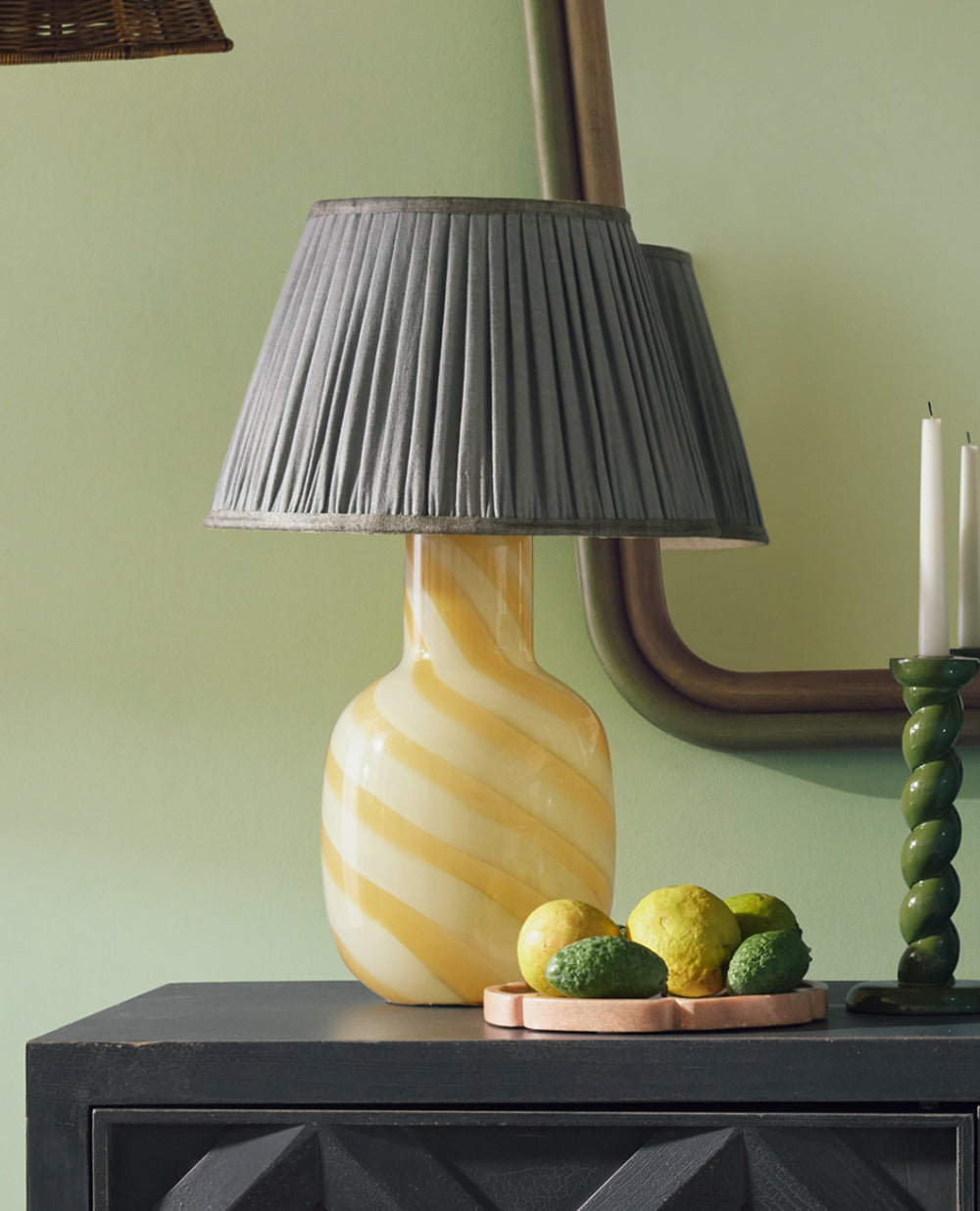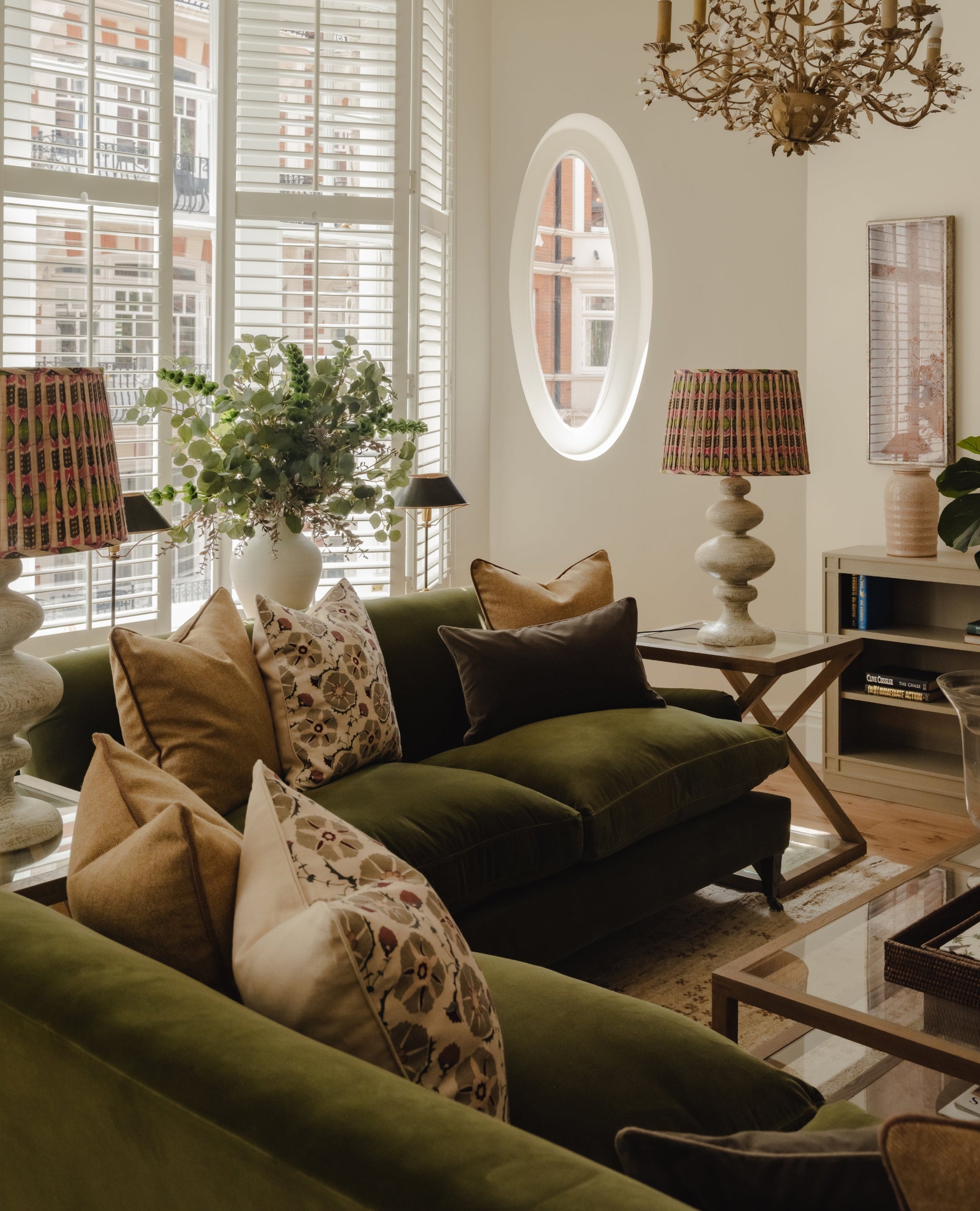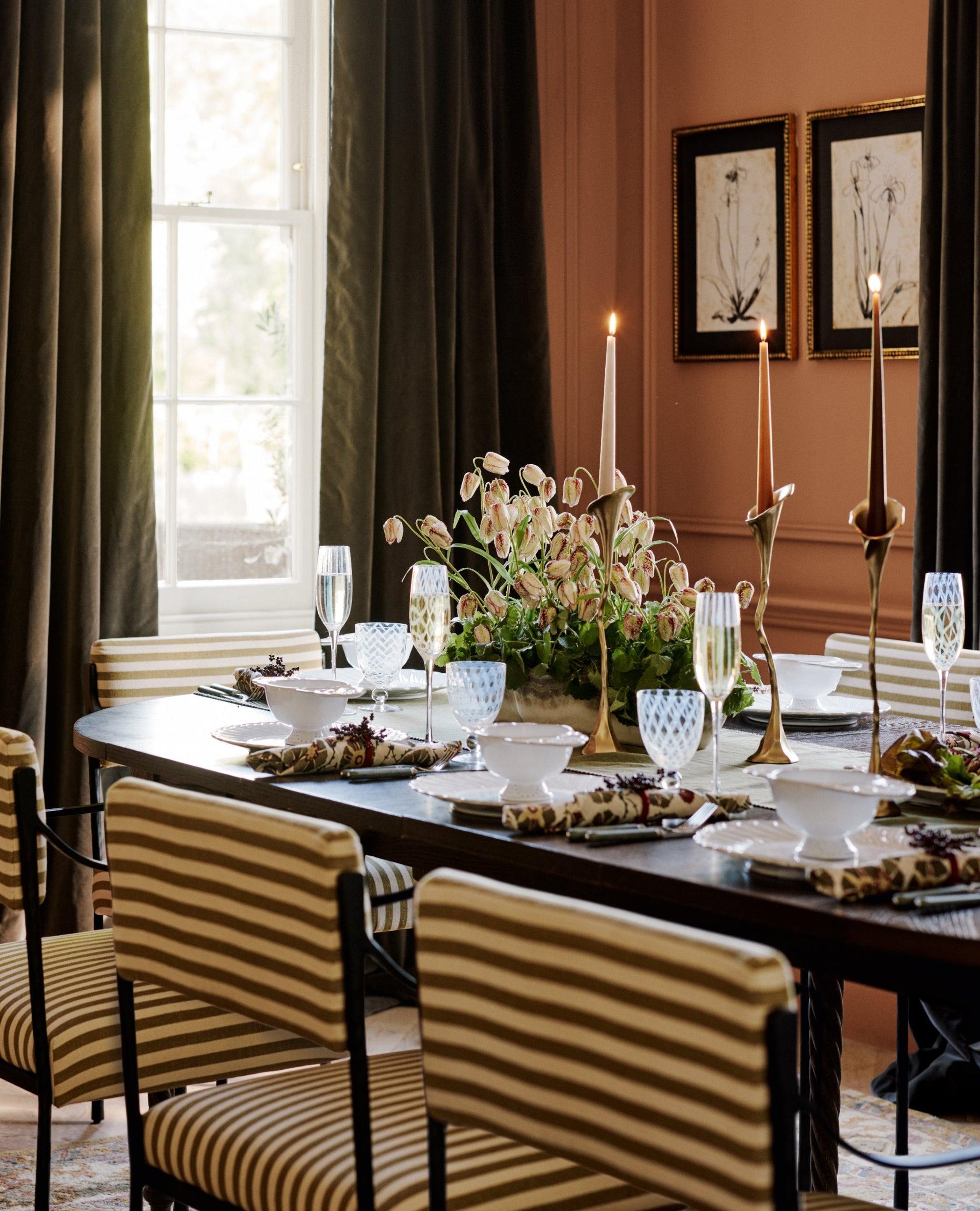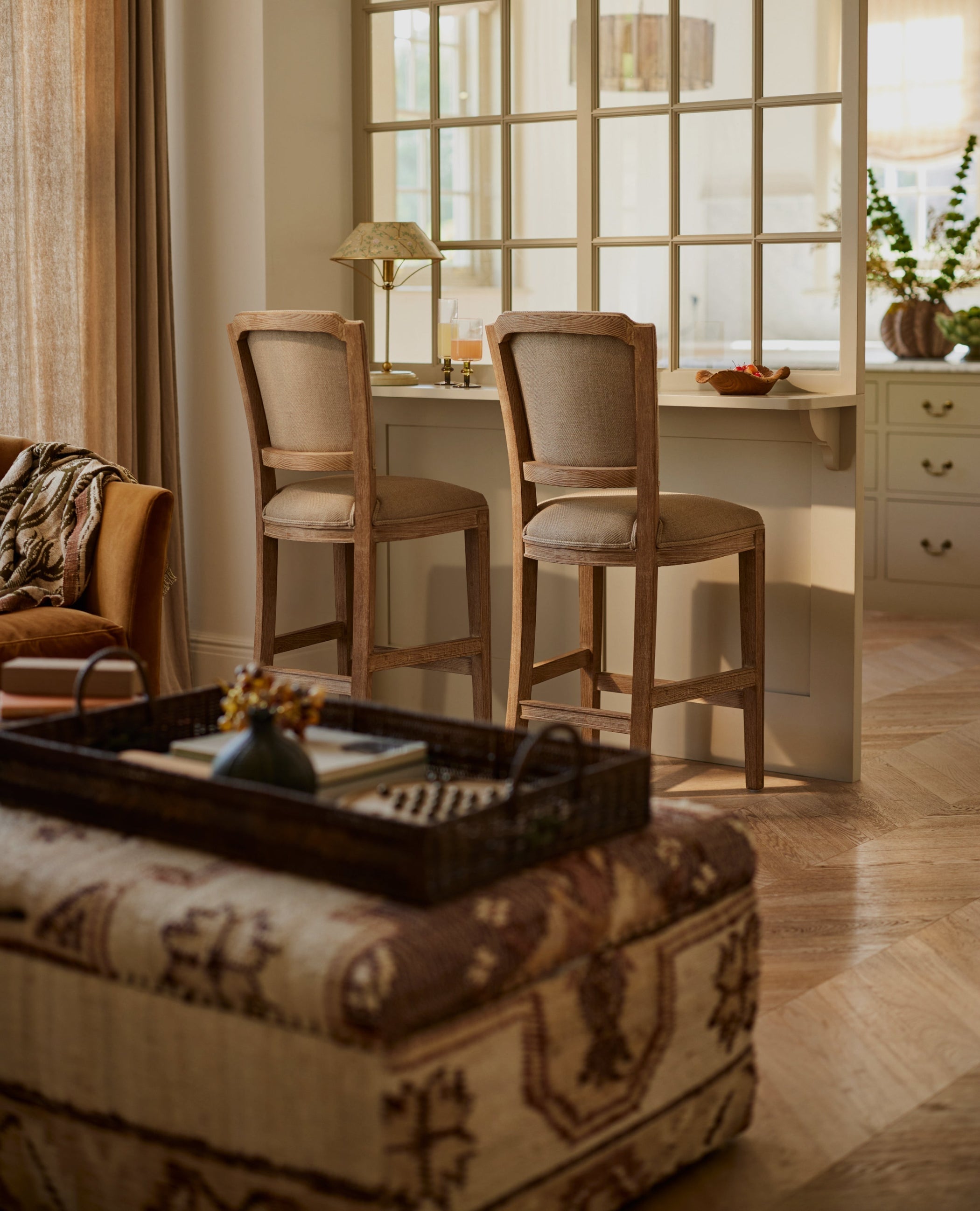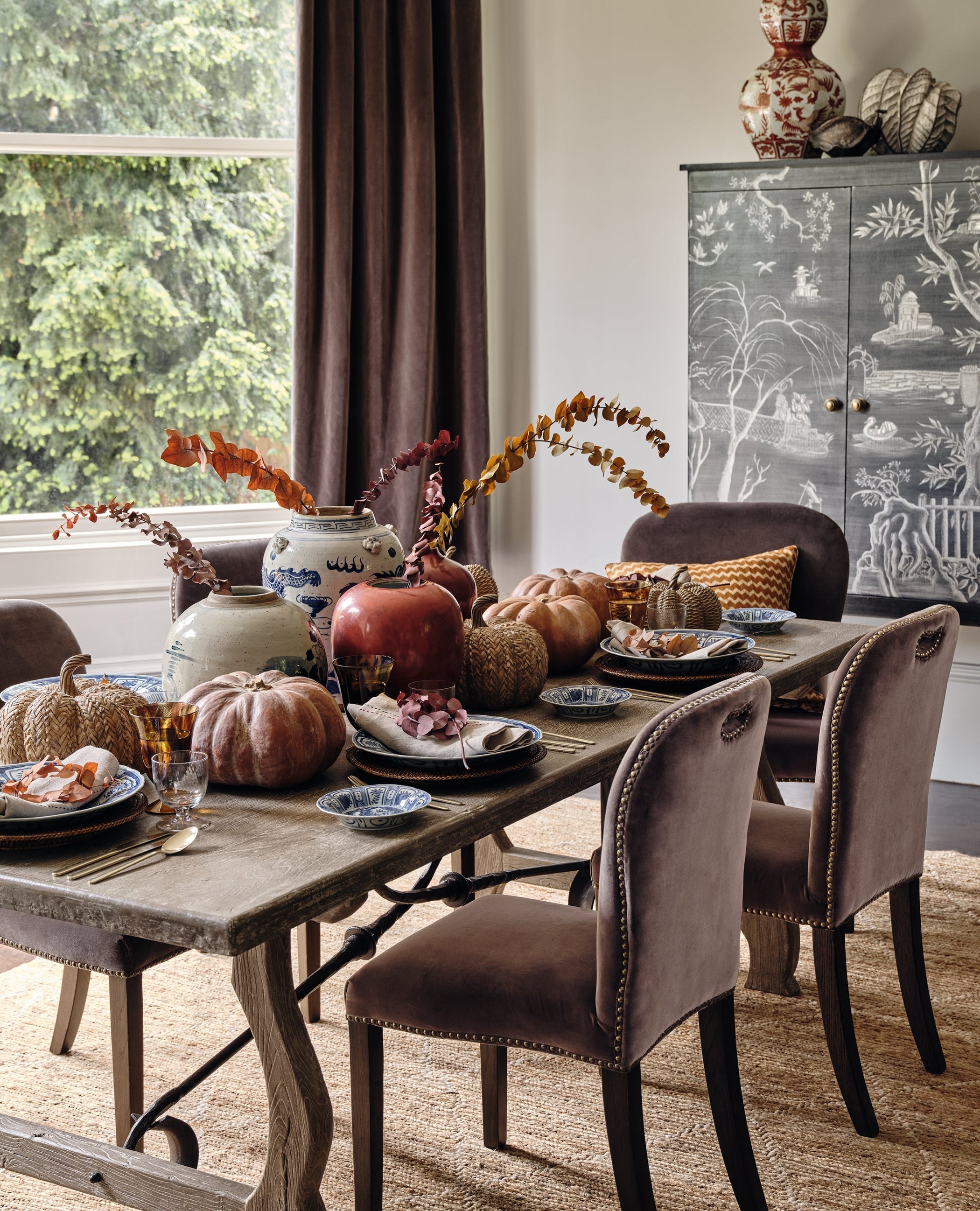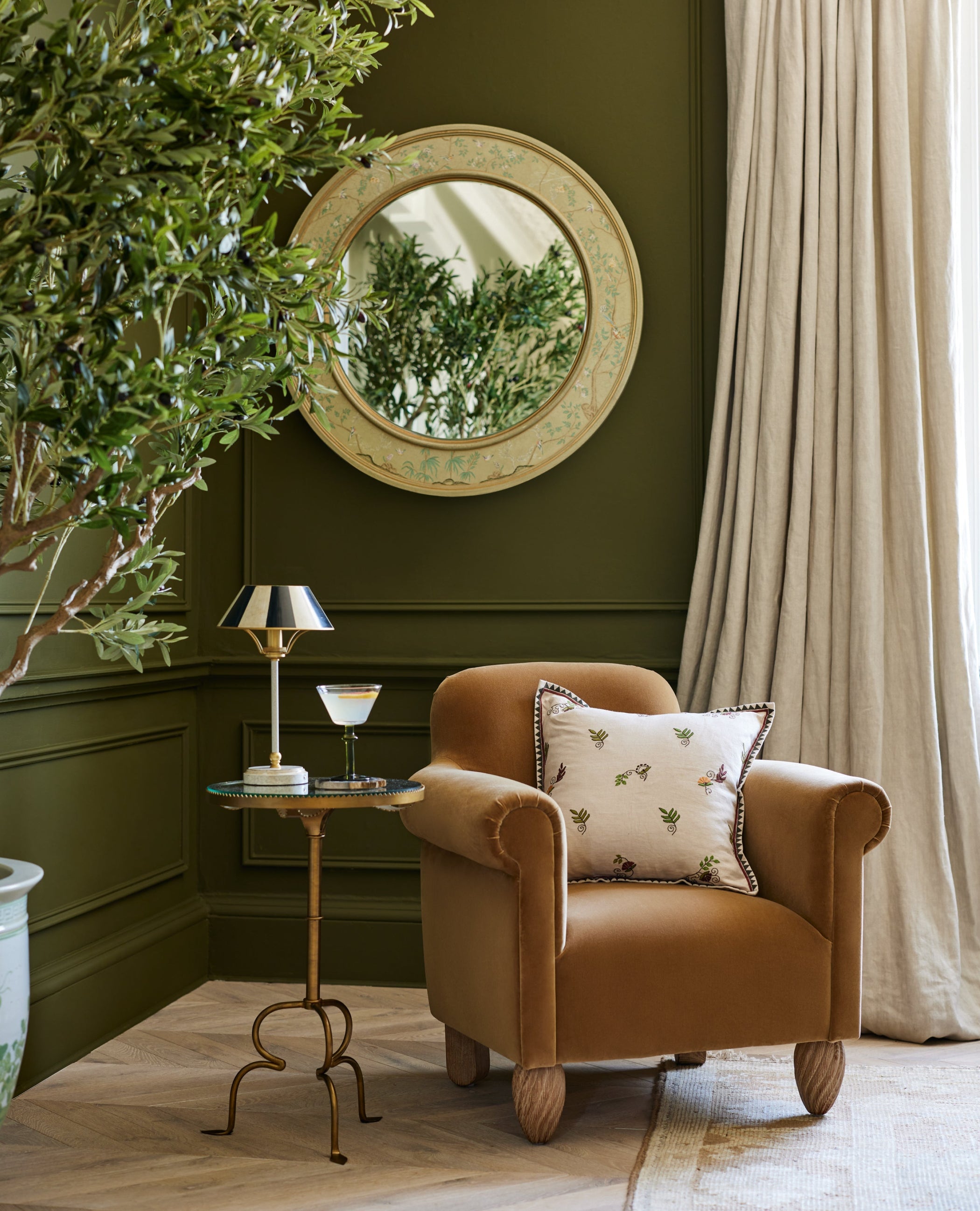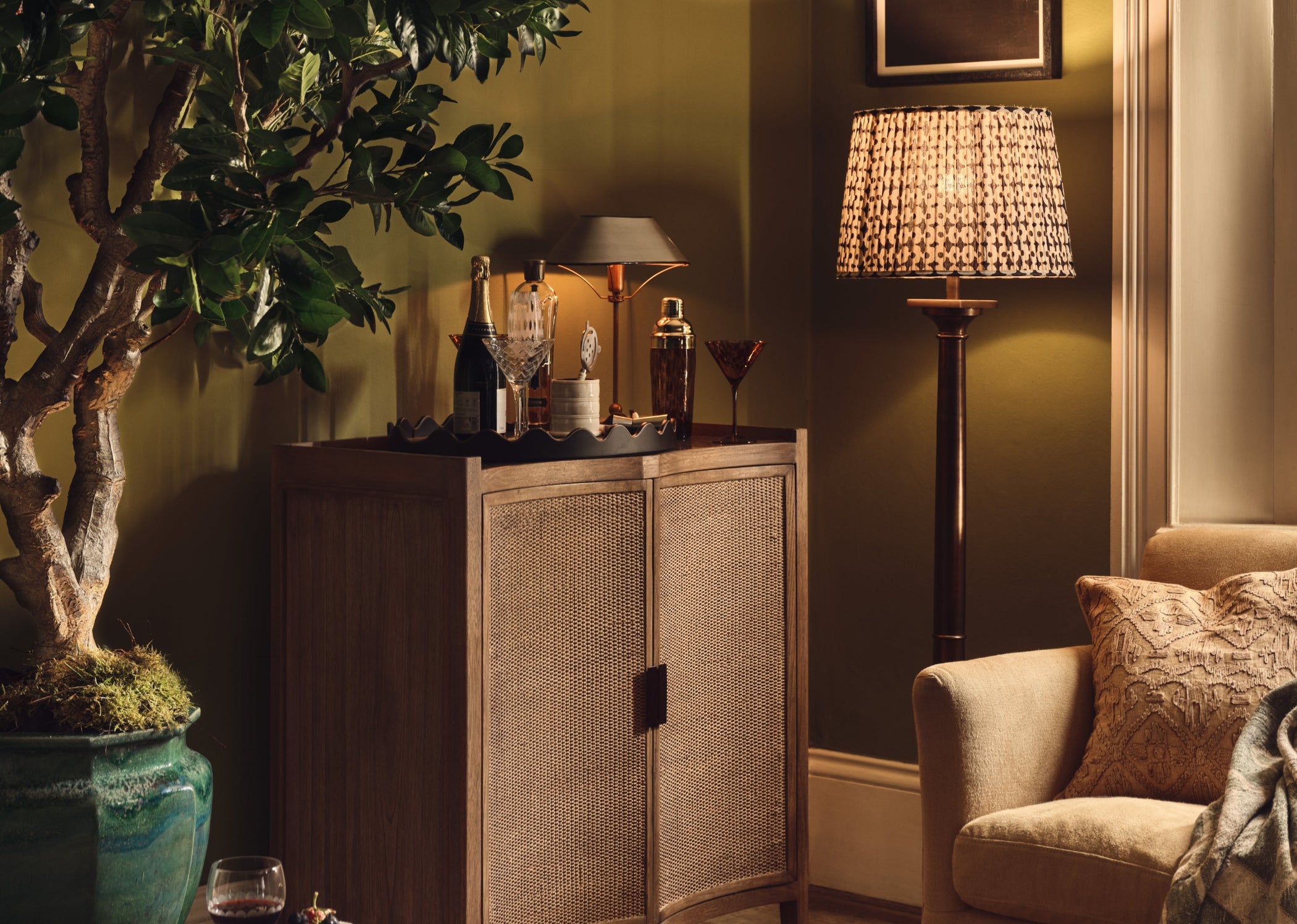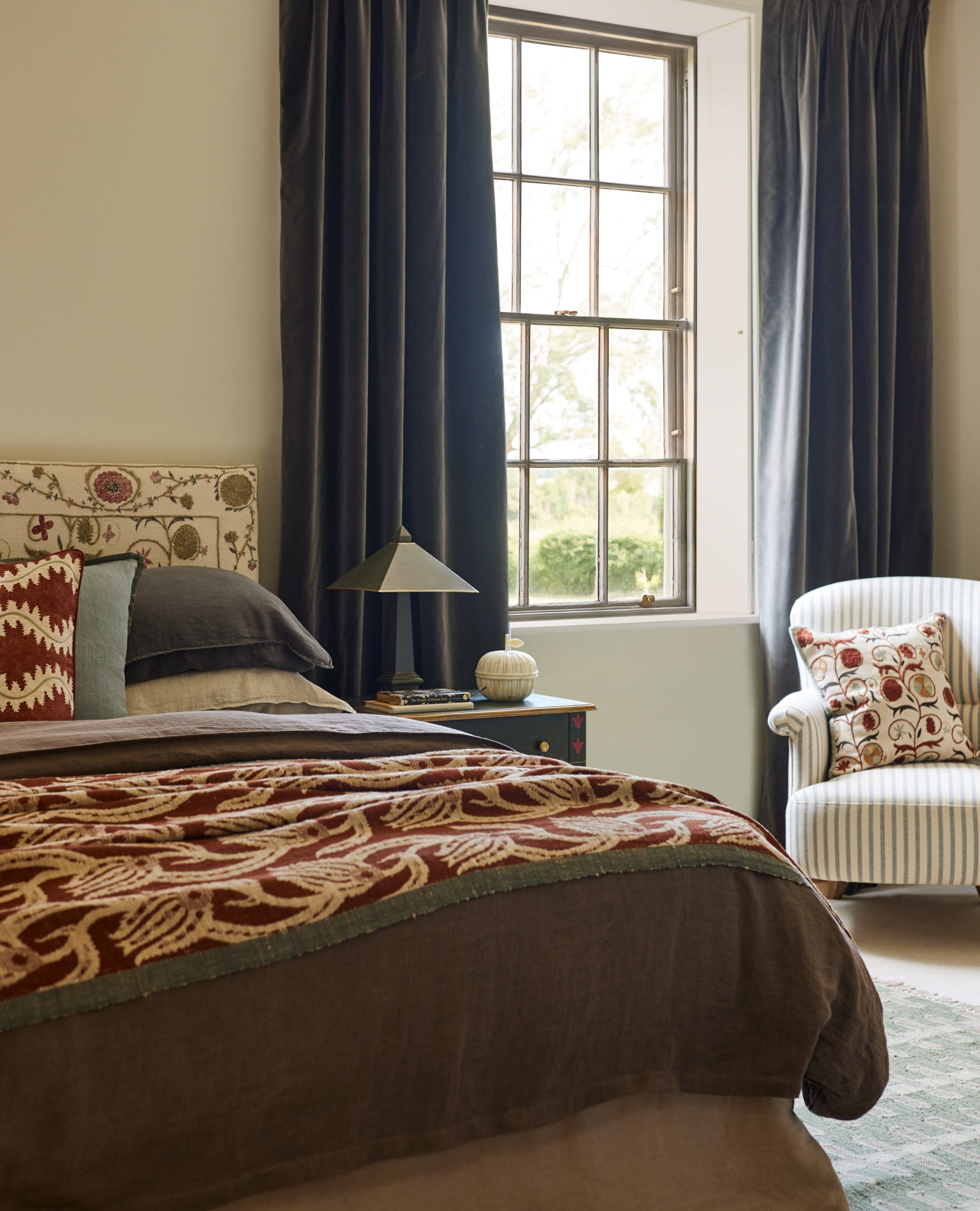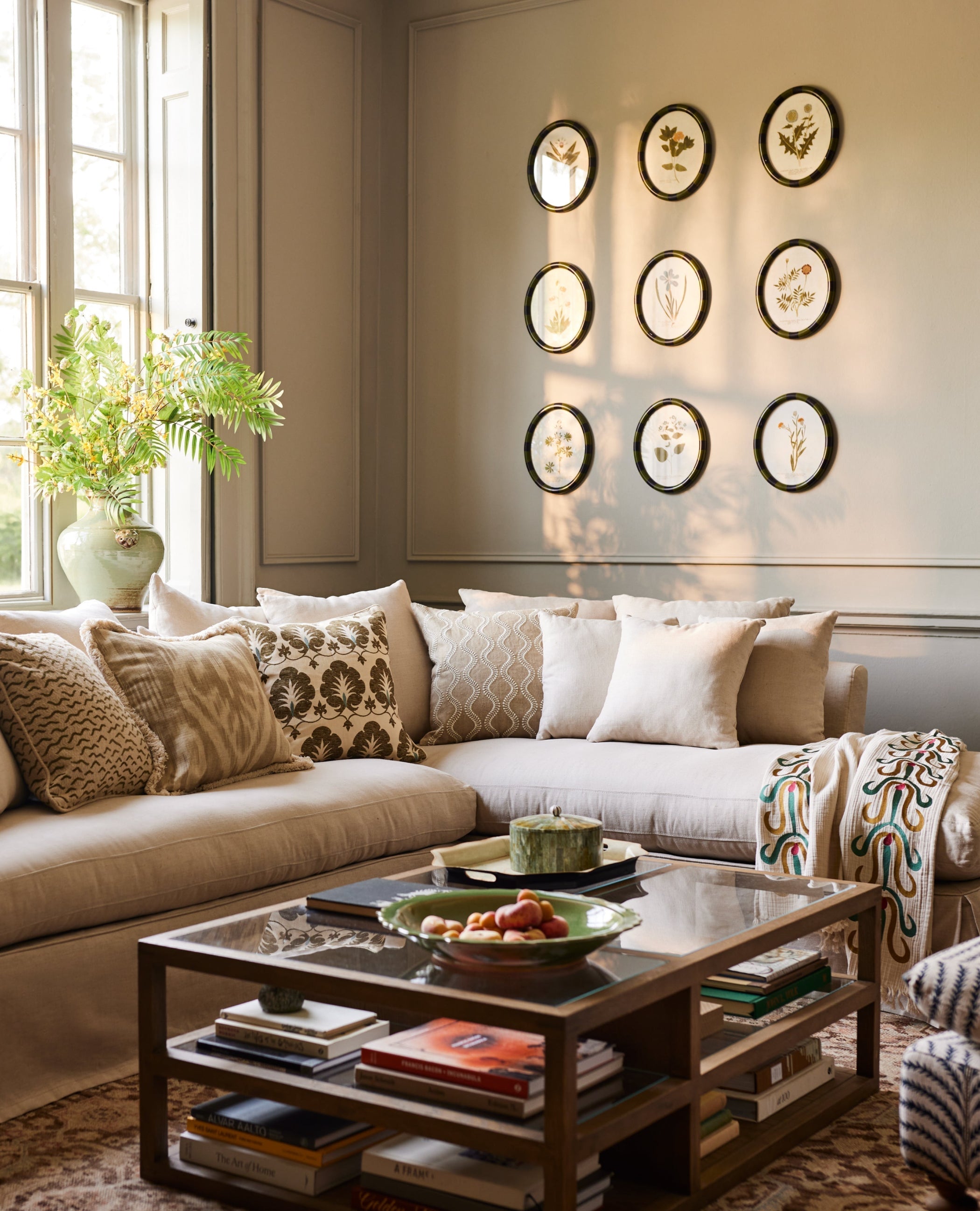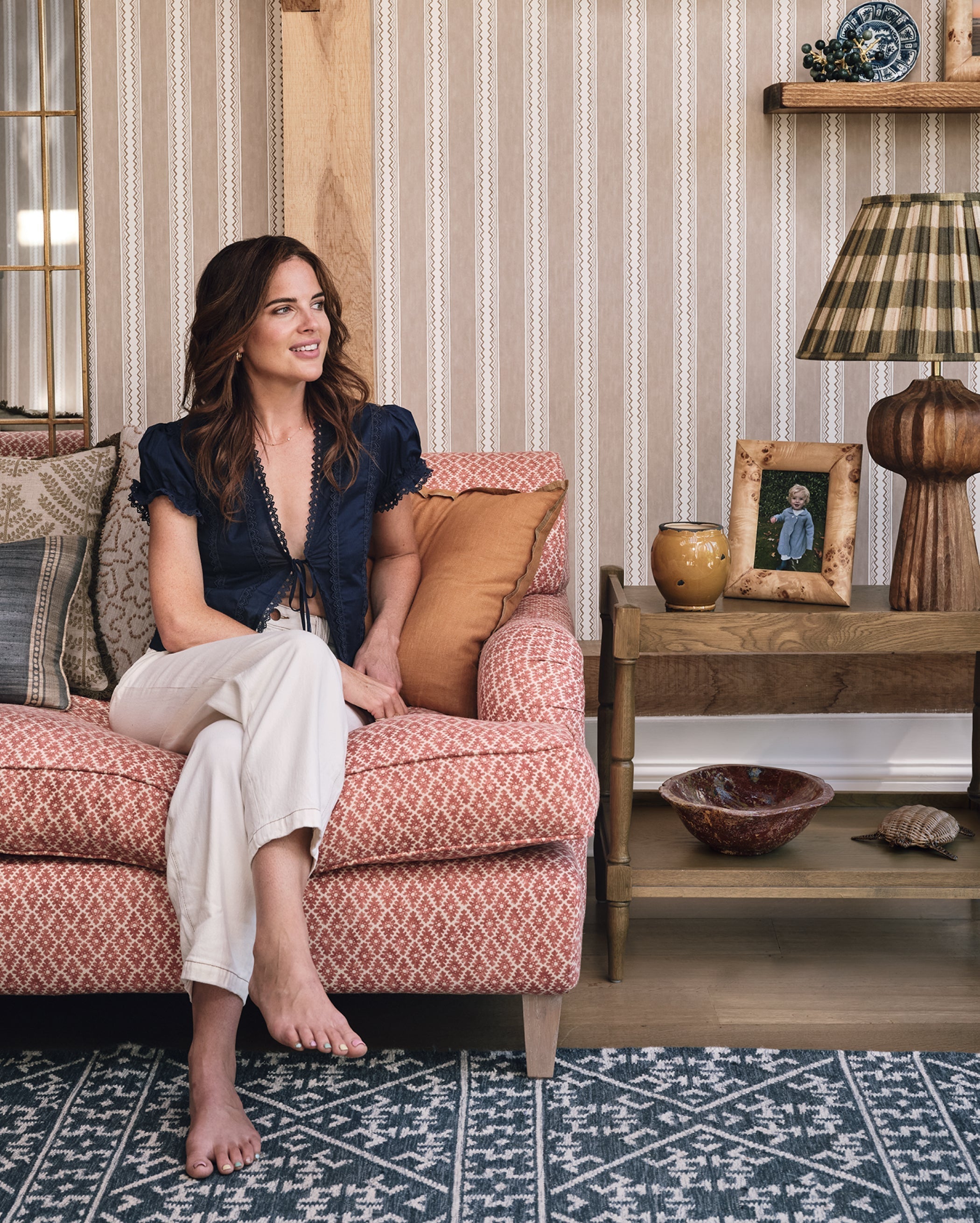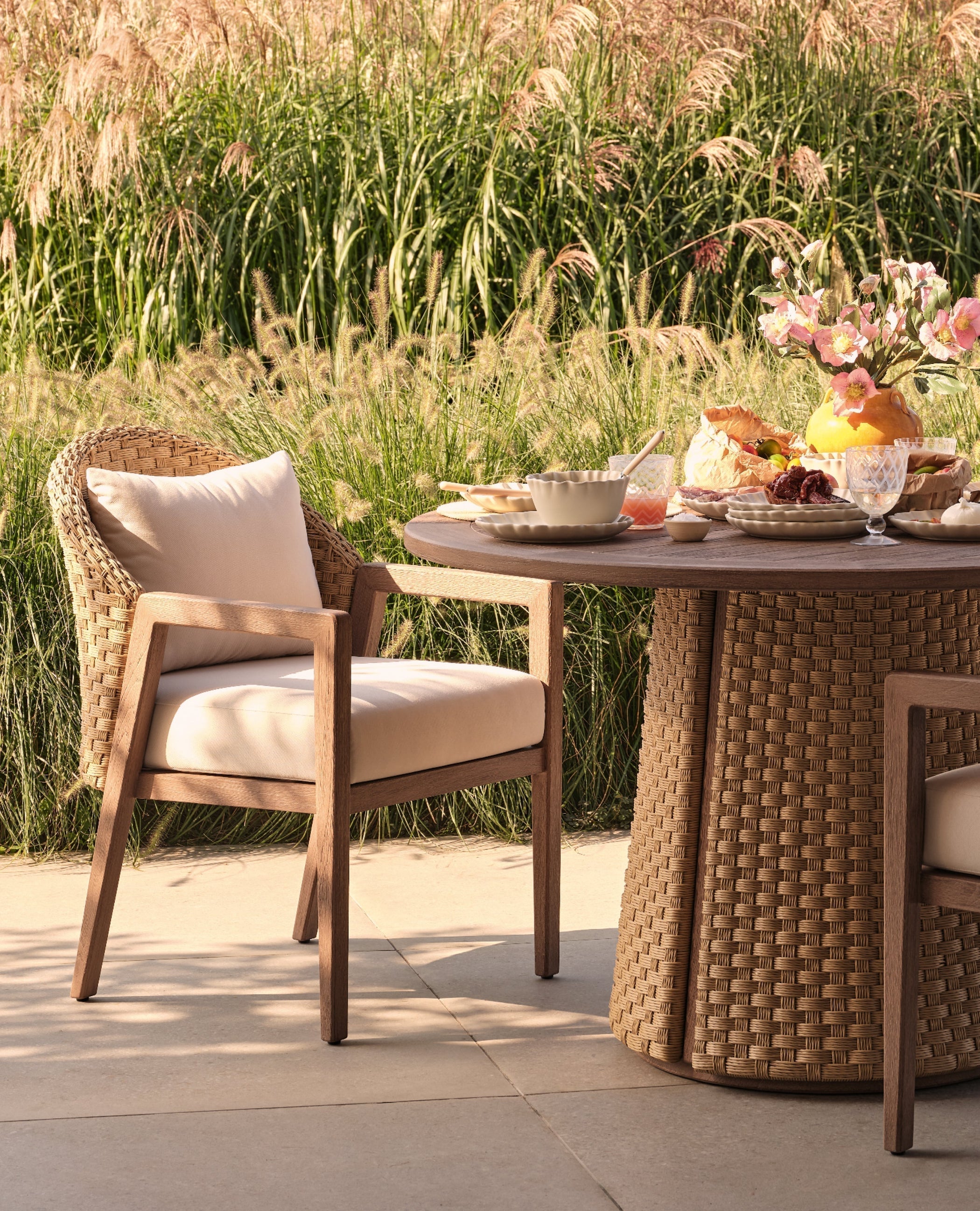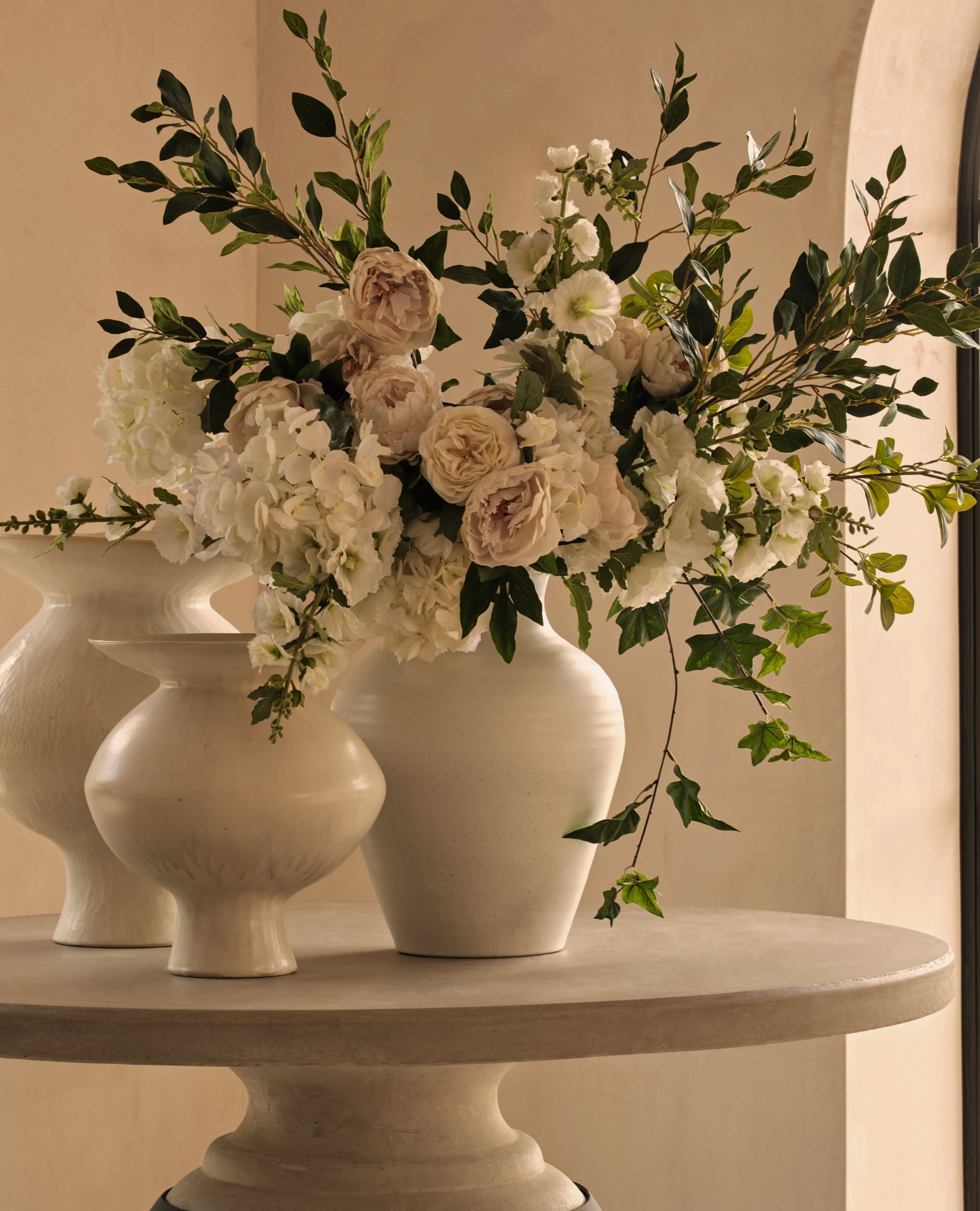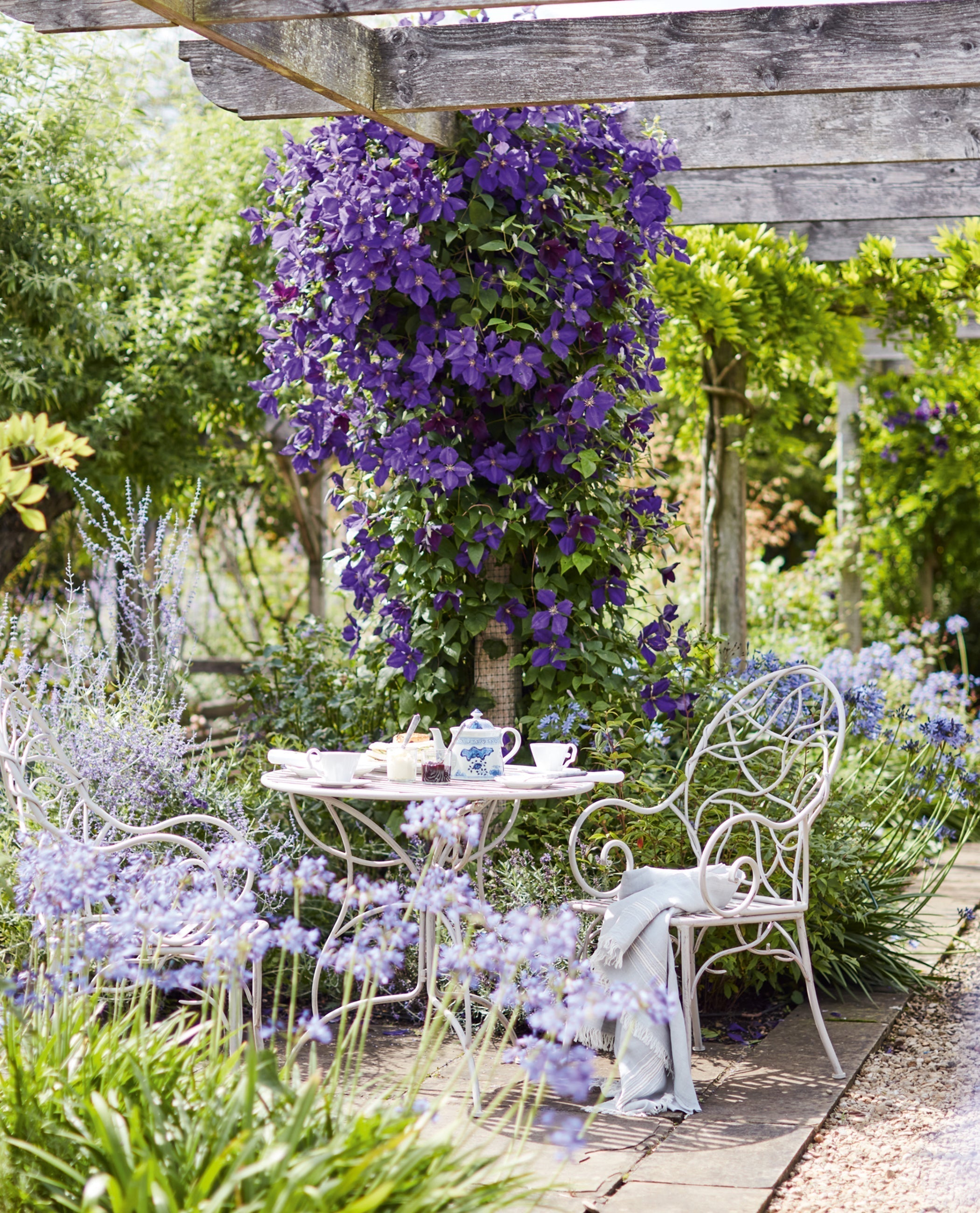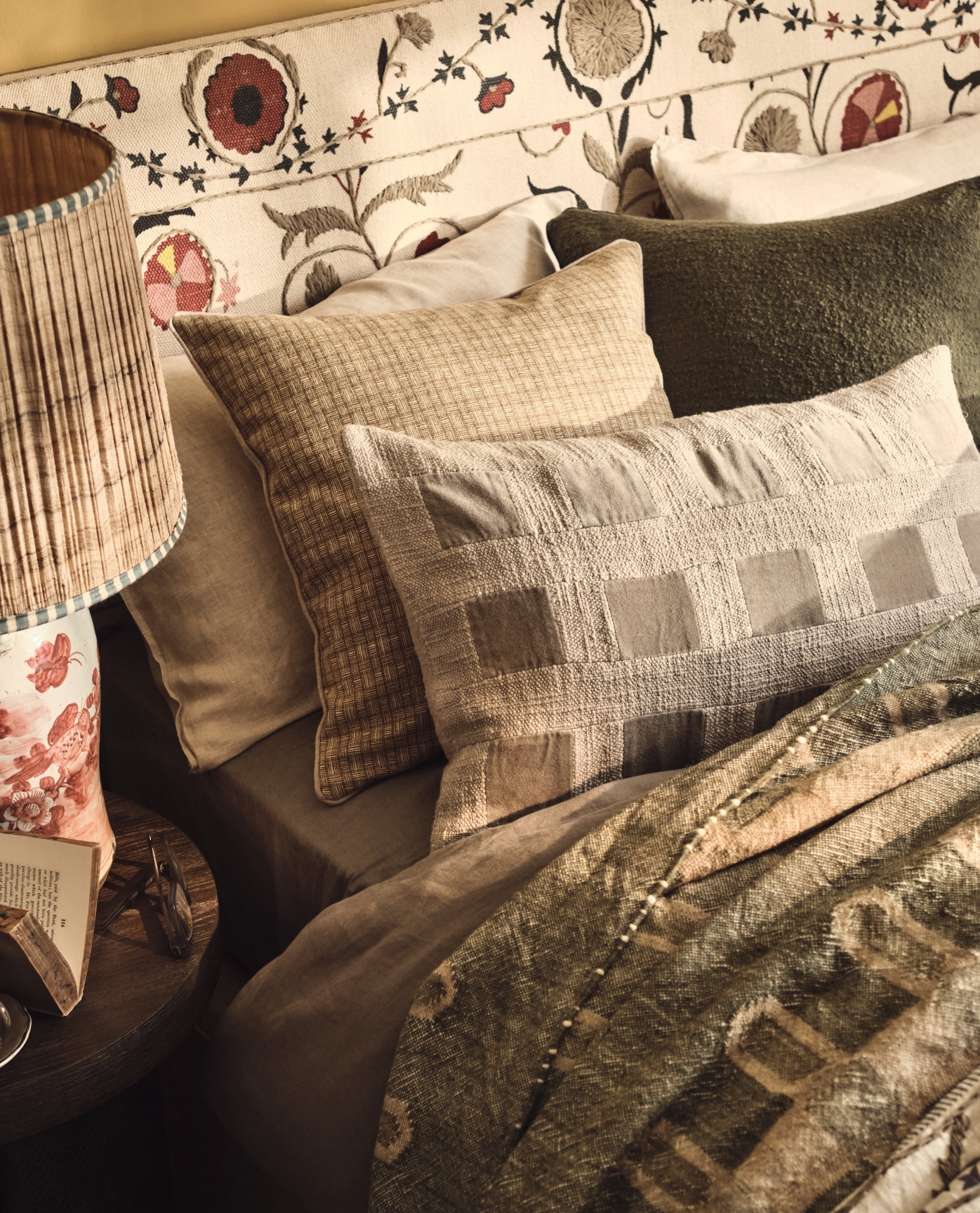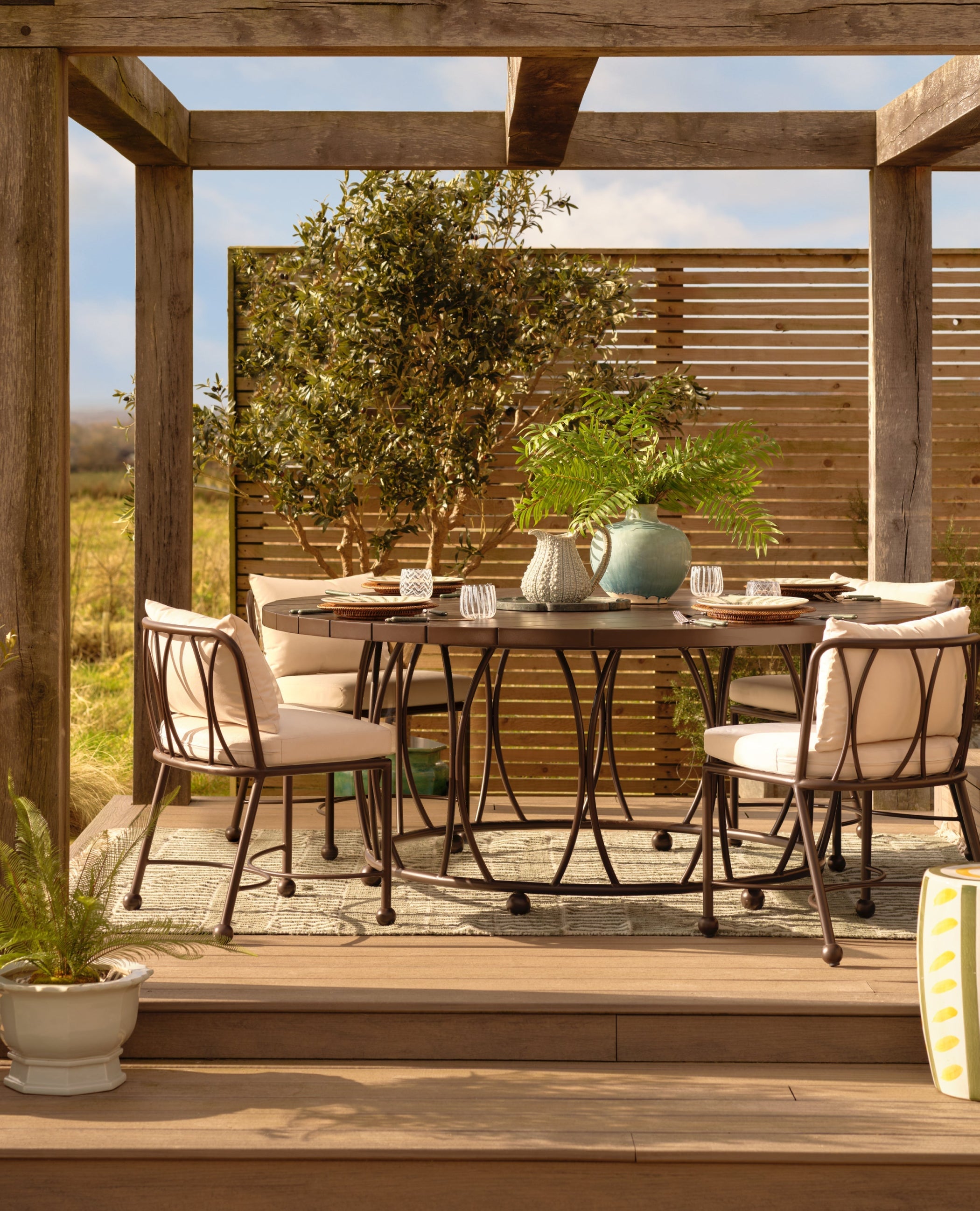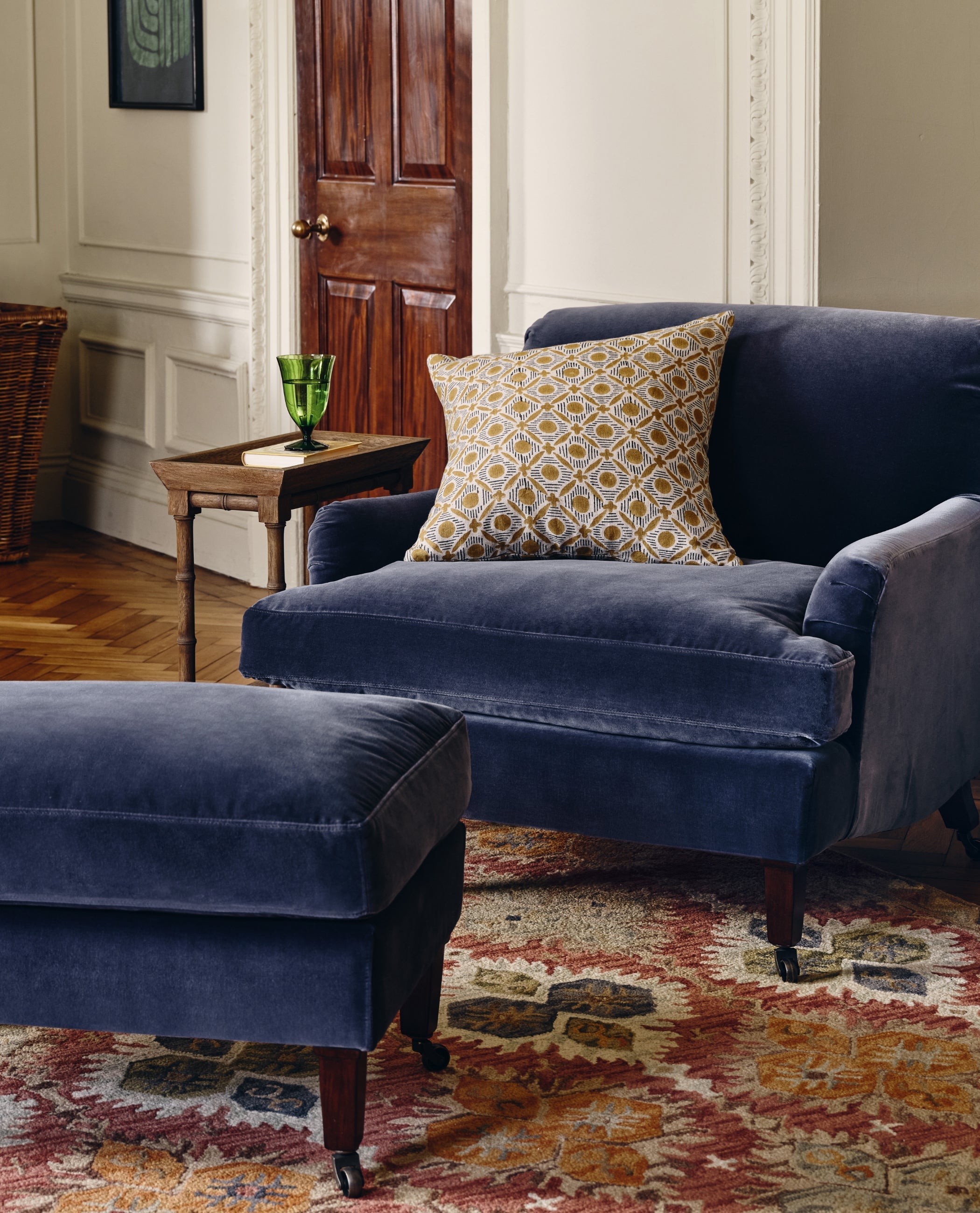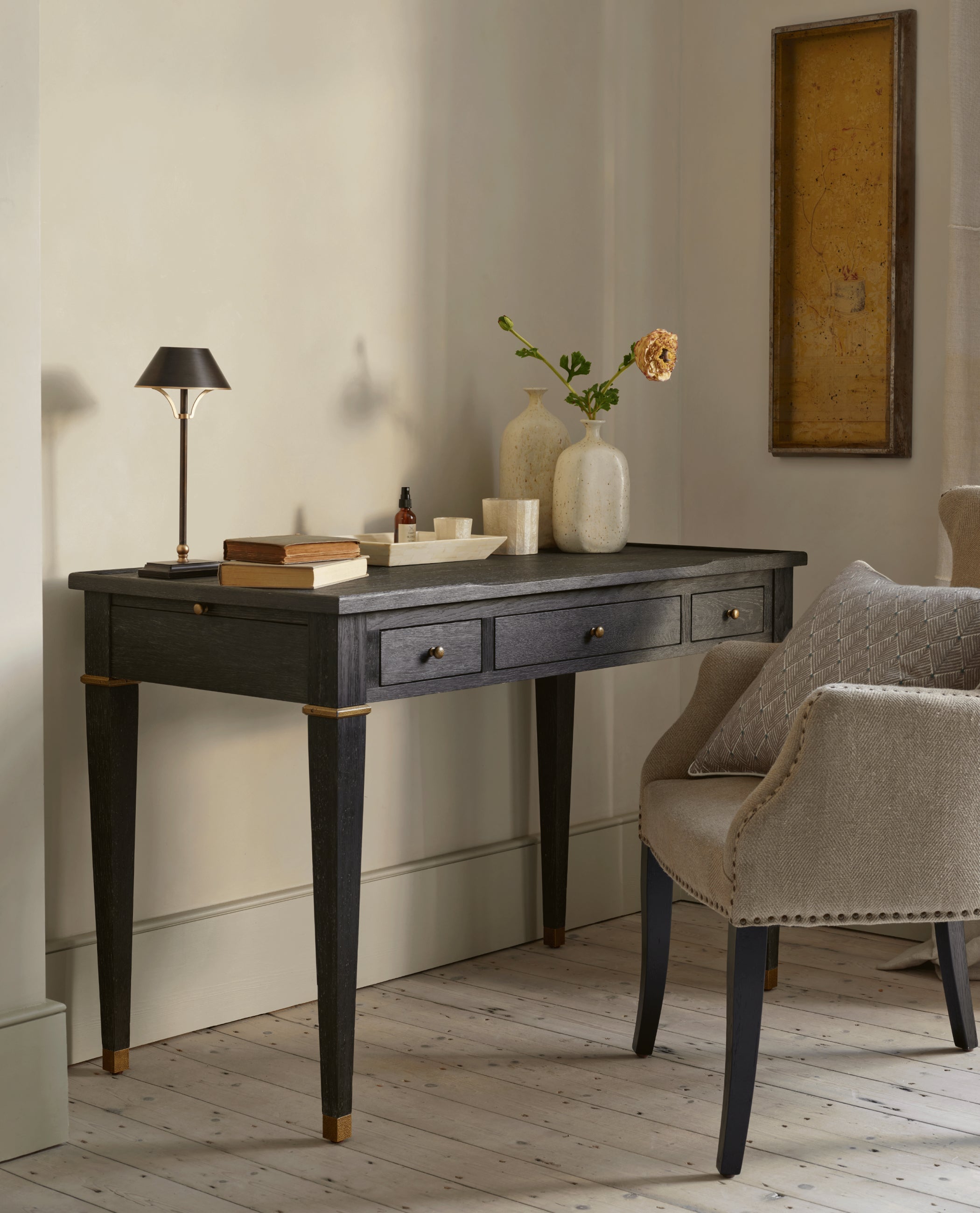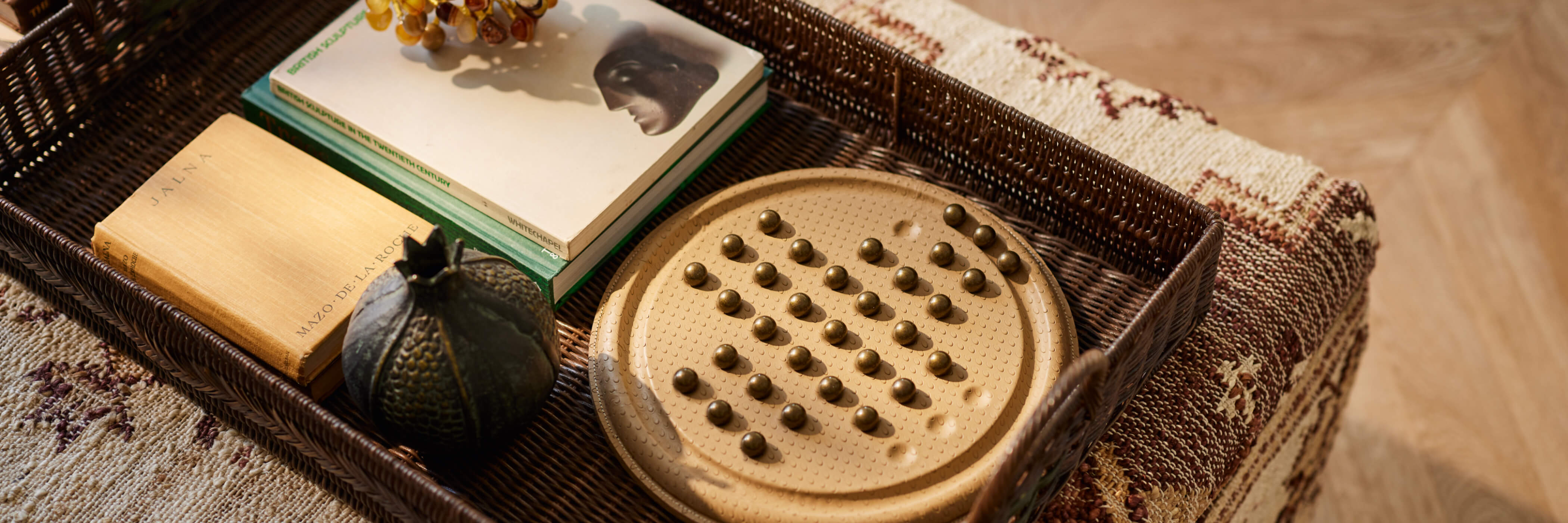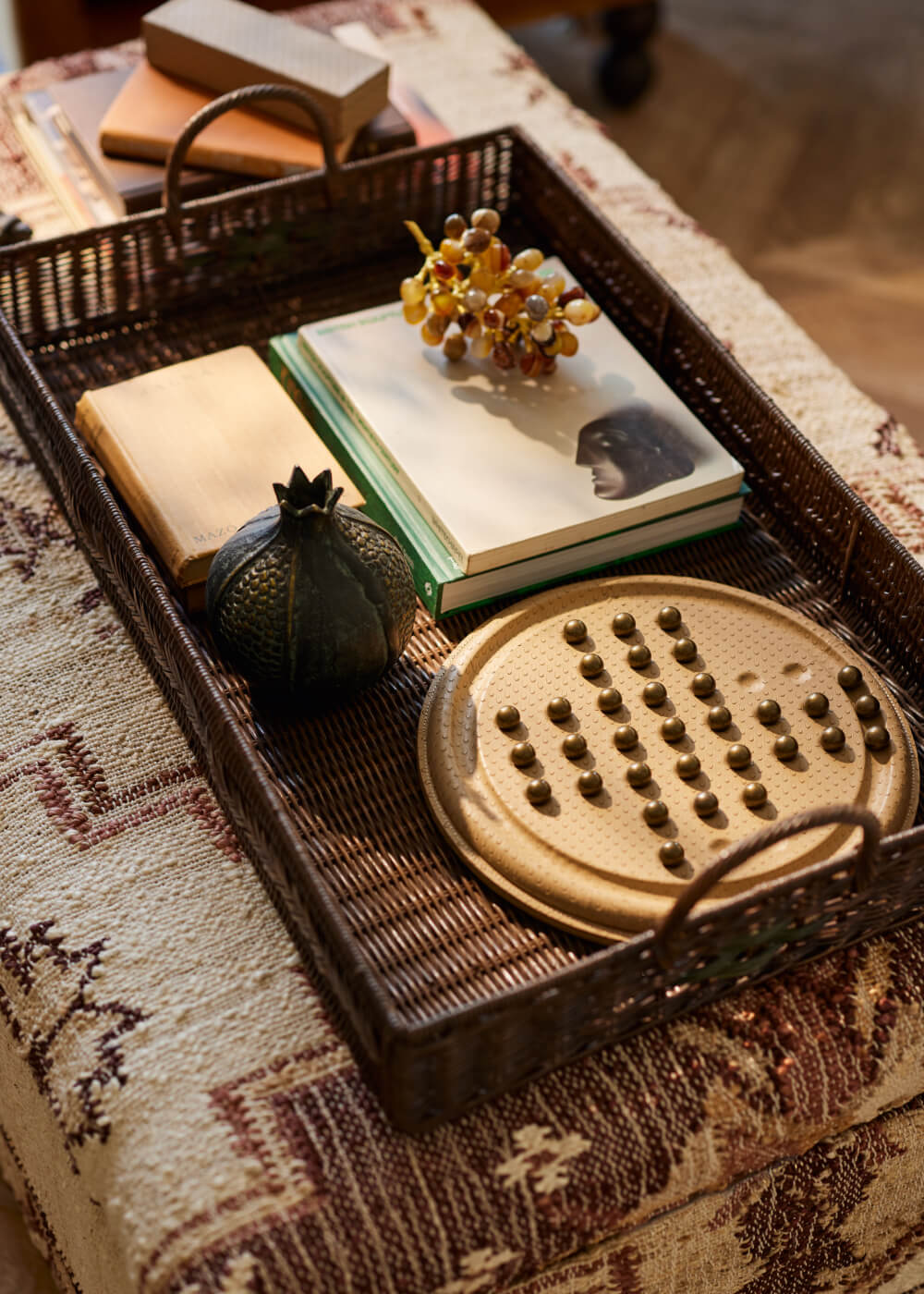The Disadvantages of Overhead Lights
Turning on the lights may be as simple as flicking a switch on the wall, but achieving atmosphere isn’t. When the glare of the overhead lights flashes on it is often incredibly bright, too bright, in fact, and that makes everyday tasks – or evening tasks, for that matter – difficult. If you are trying to read and write, an overhead light may not be directional enough to stop you squinting at the page. If you’re trying to watch the television, the ceiling light may cause glare that makes it hard to see. Table lamps and floor lamps will enable you to choose the glow you cast and where you cast it, giving you more ambient lighting solutions. Your ceiling lights – unless you are adept at experimenting with the electrics – are in a fixed location and can’t be moved easily. Whereas table and floor lamps are easily portable and much better for making into design features, allowing you to go big and bold, if you so choose. But the question is, what kind of lights give the best lighting? And that depends on several factors.
Factors to Consider when Choosing Lighting
Start by taking into consideration the size and space of the room in question. Is it a big room with lots of space available? Or is it a small room with limited free space? Then think about whether it’s floor space you have to play with, or surface space. How many sockets do you have and are they placed in areas of easy access? And last but not at all least, what do you want to do in this room? Is it a space for reading and writing, watching TV, chatting with friends in the evening, or relaxing just before you close your eyes for a full night’s sleep? Those will all play a part in whether you choose a table lamp or a floor lamp, or both. Read on to find out the benefits of both.






